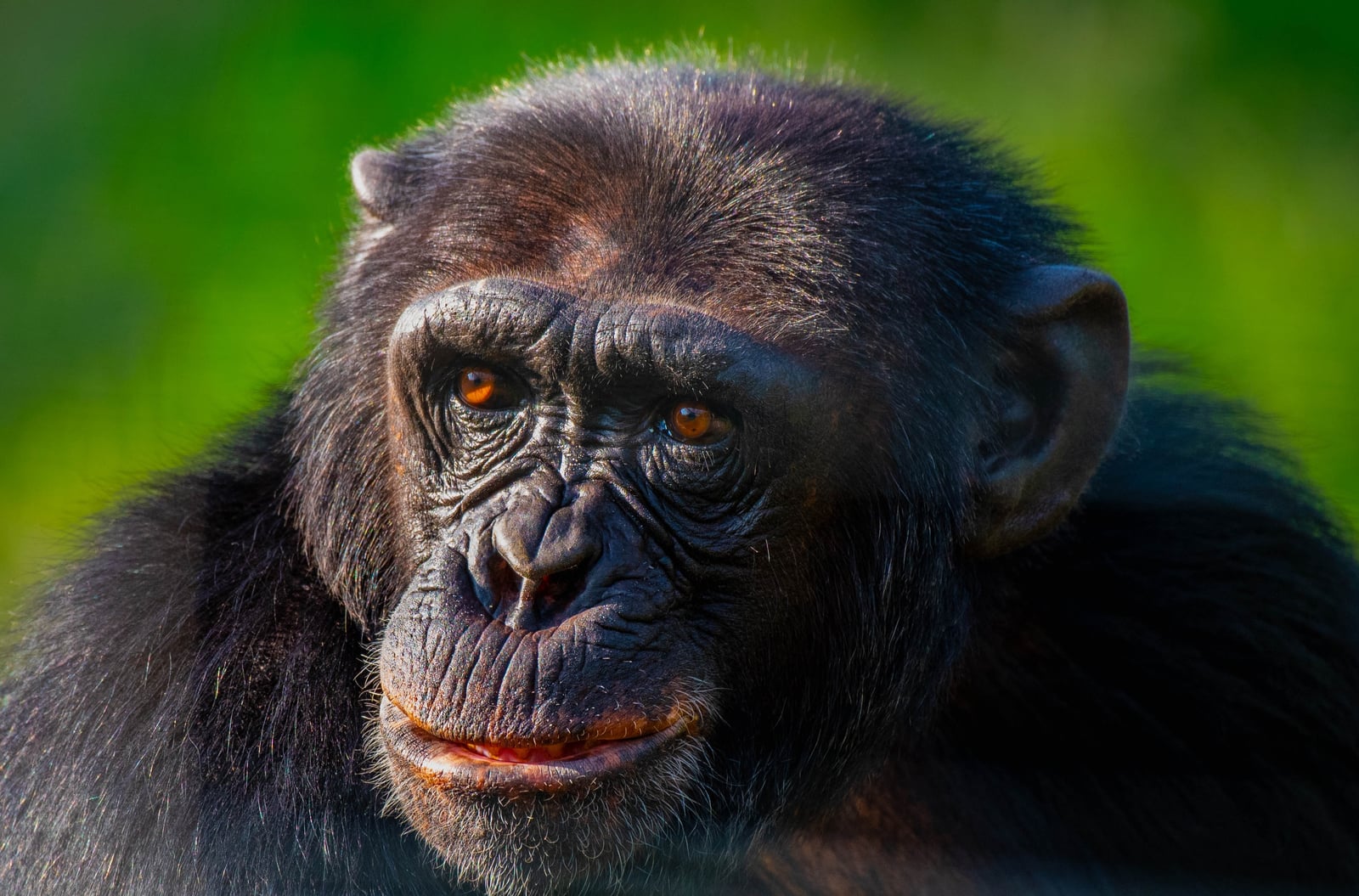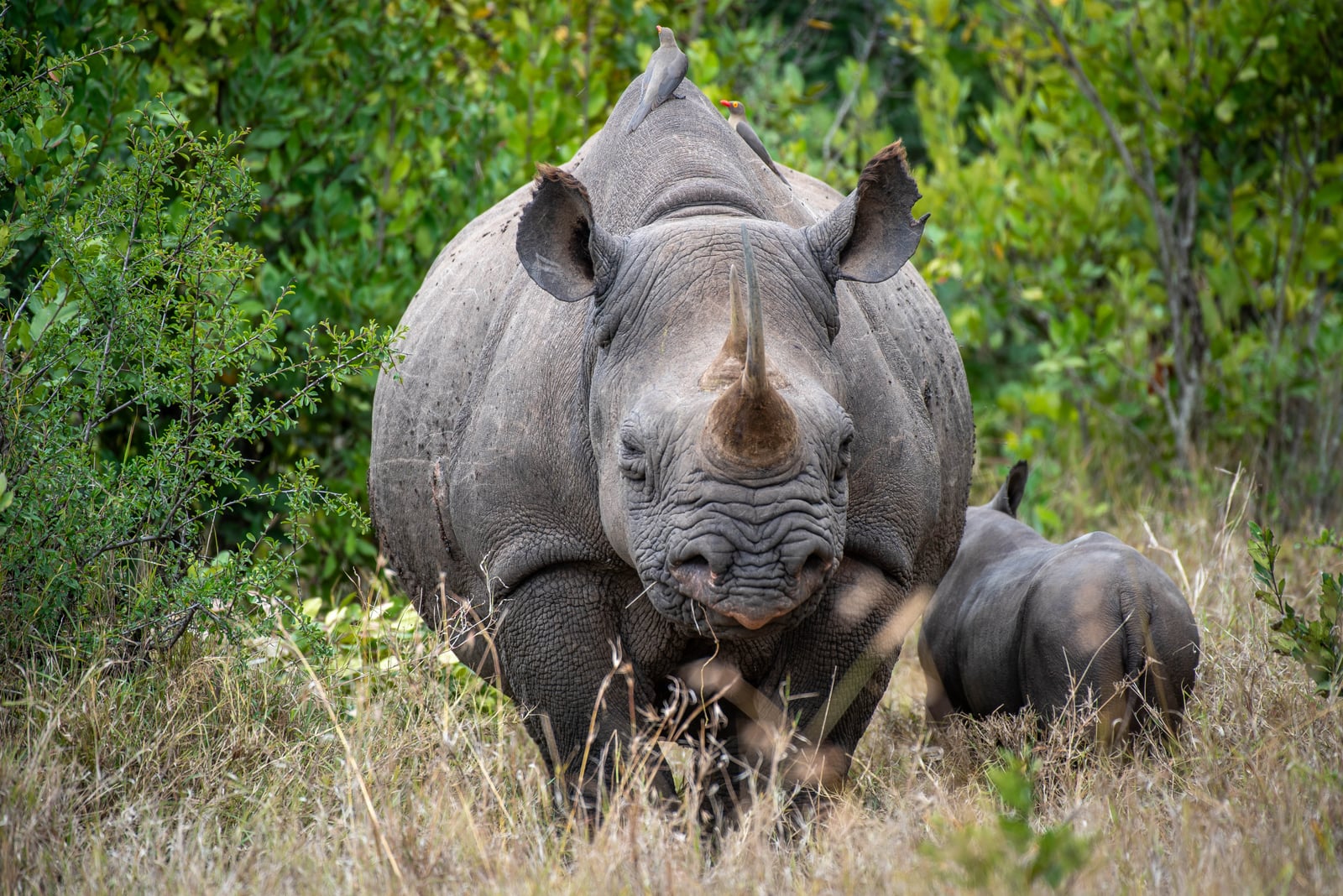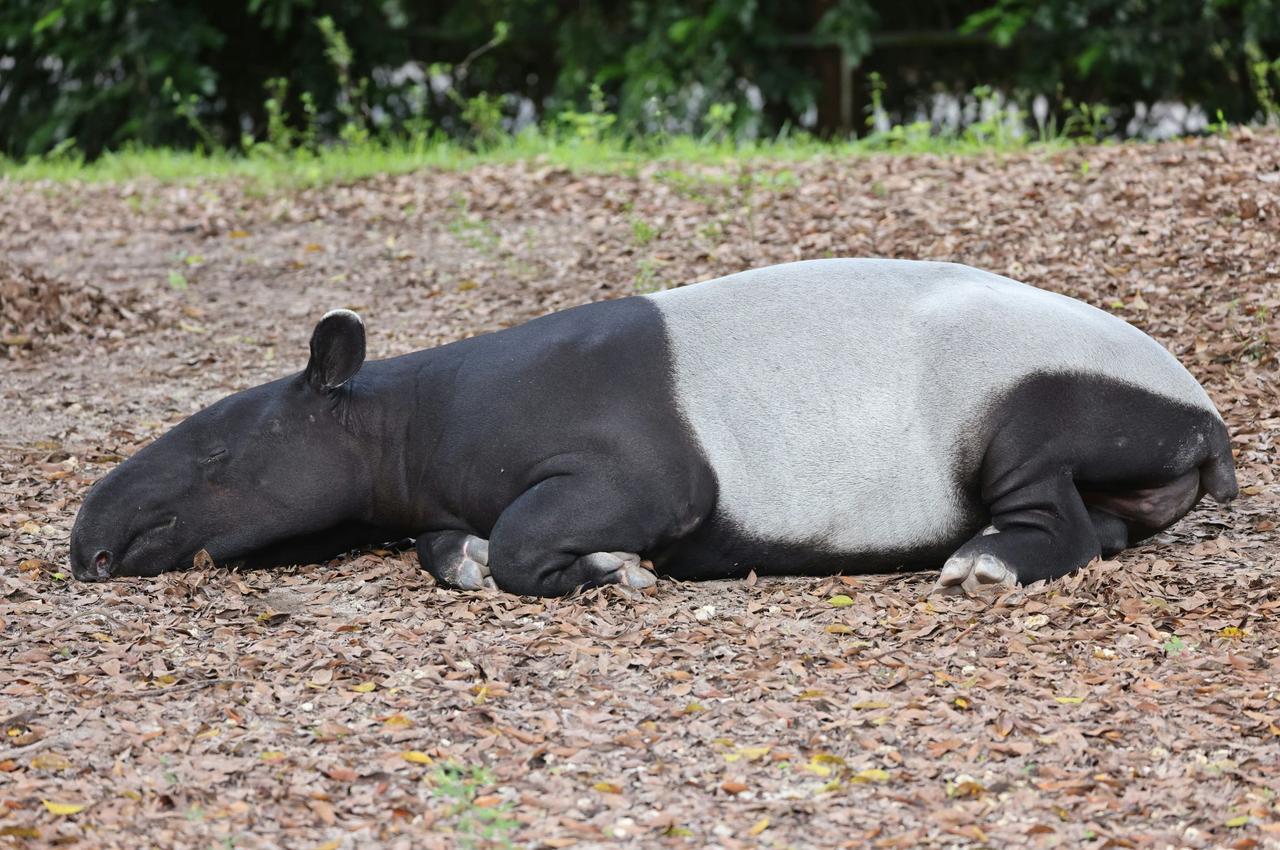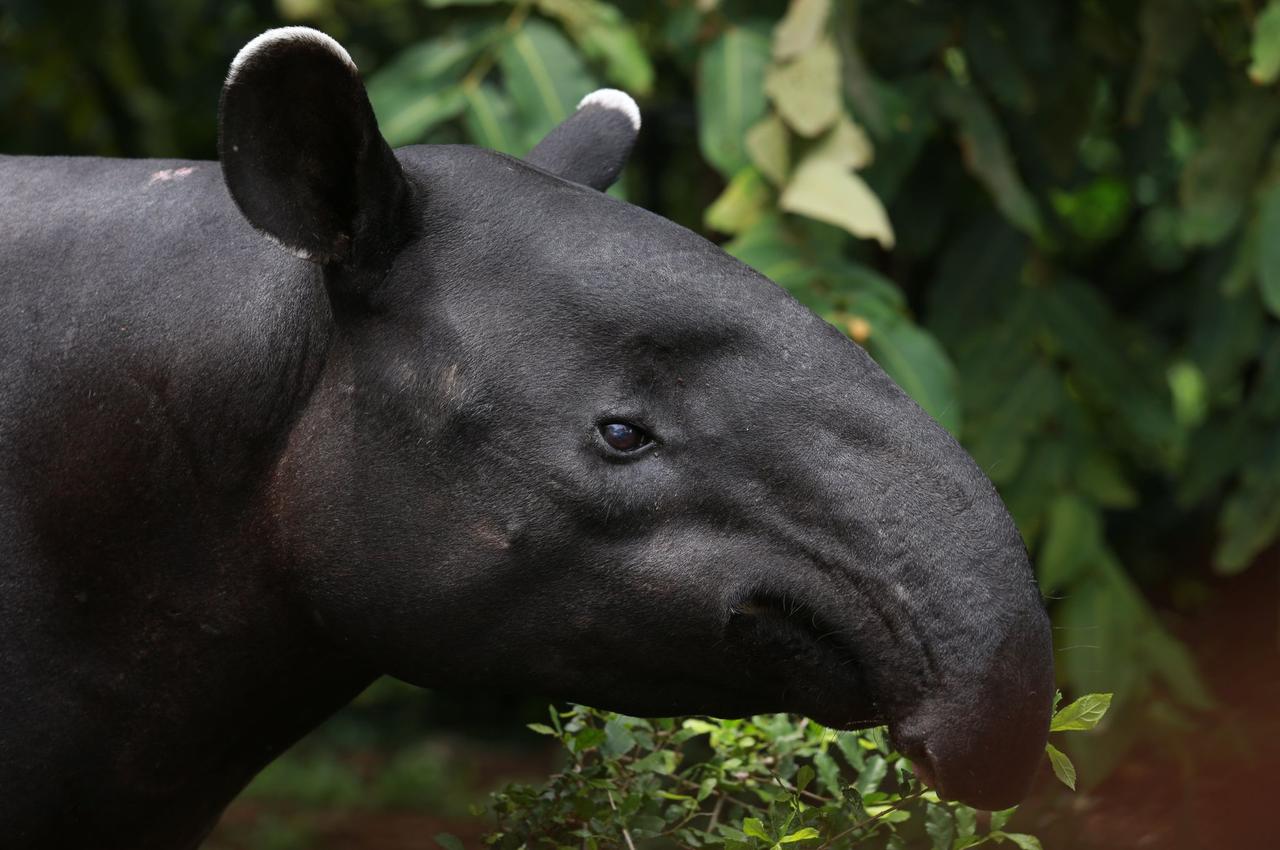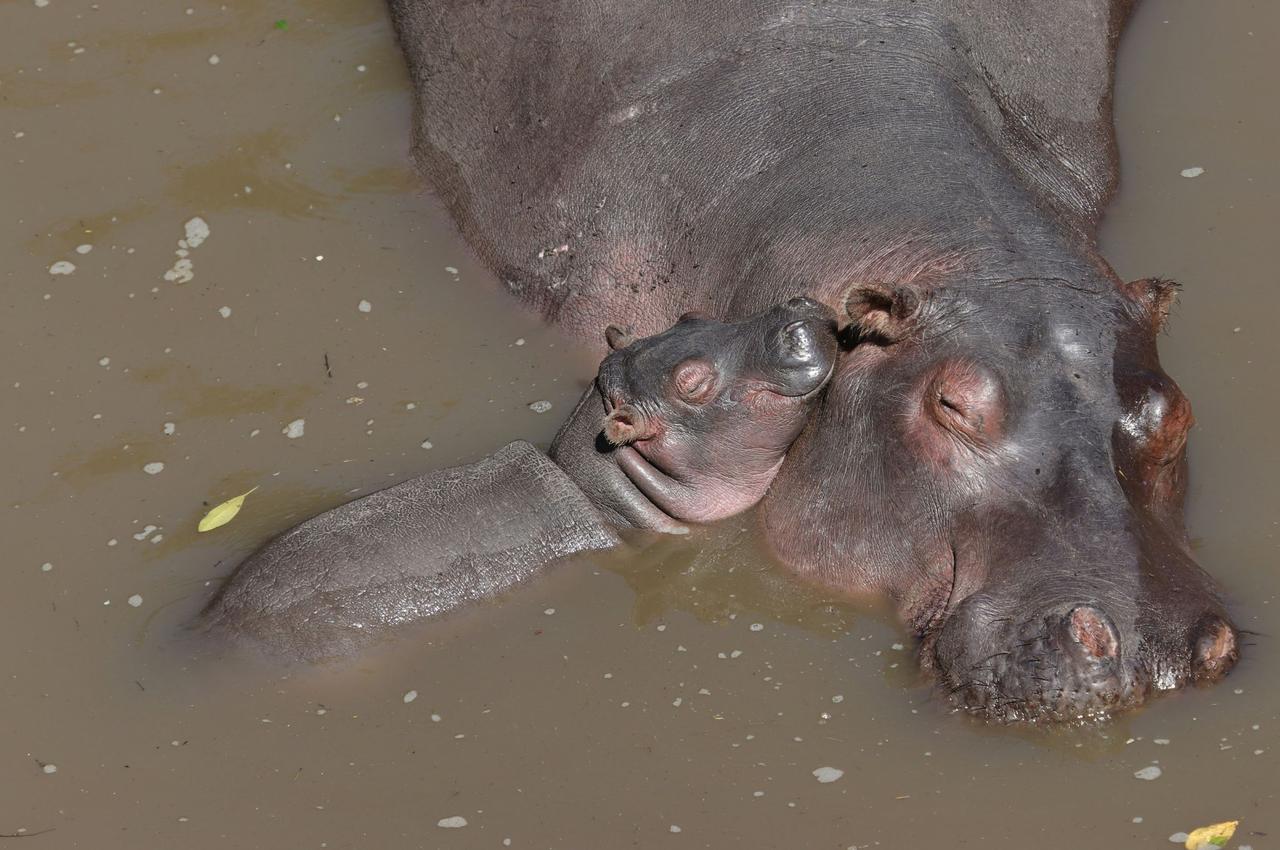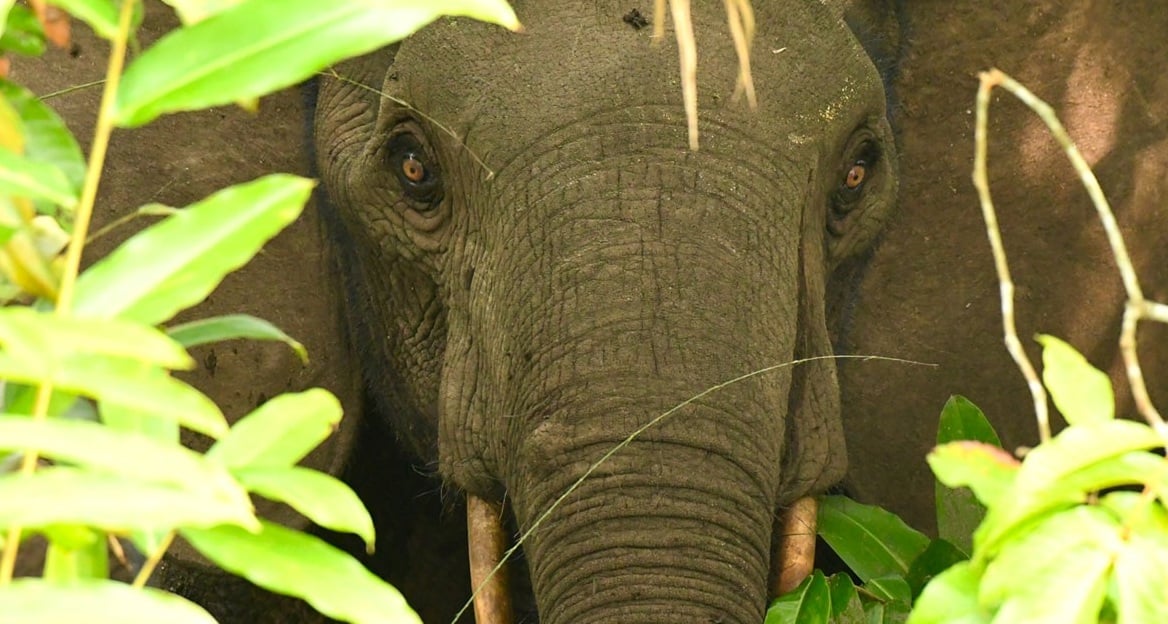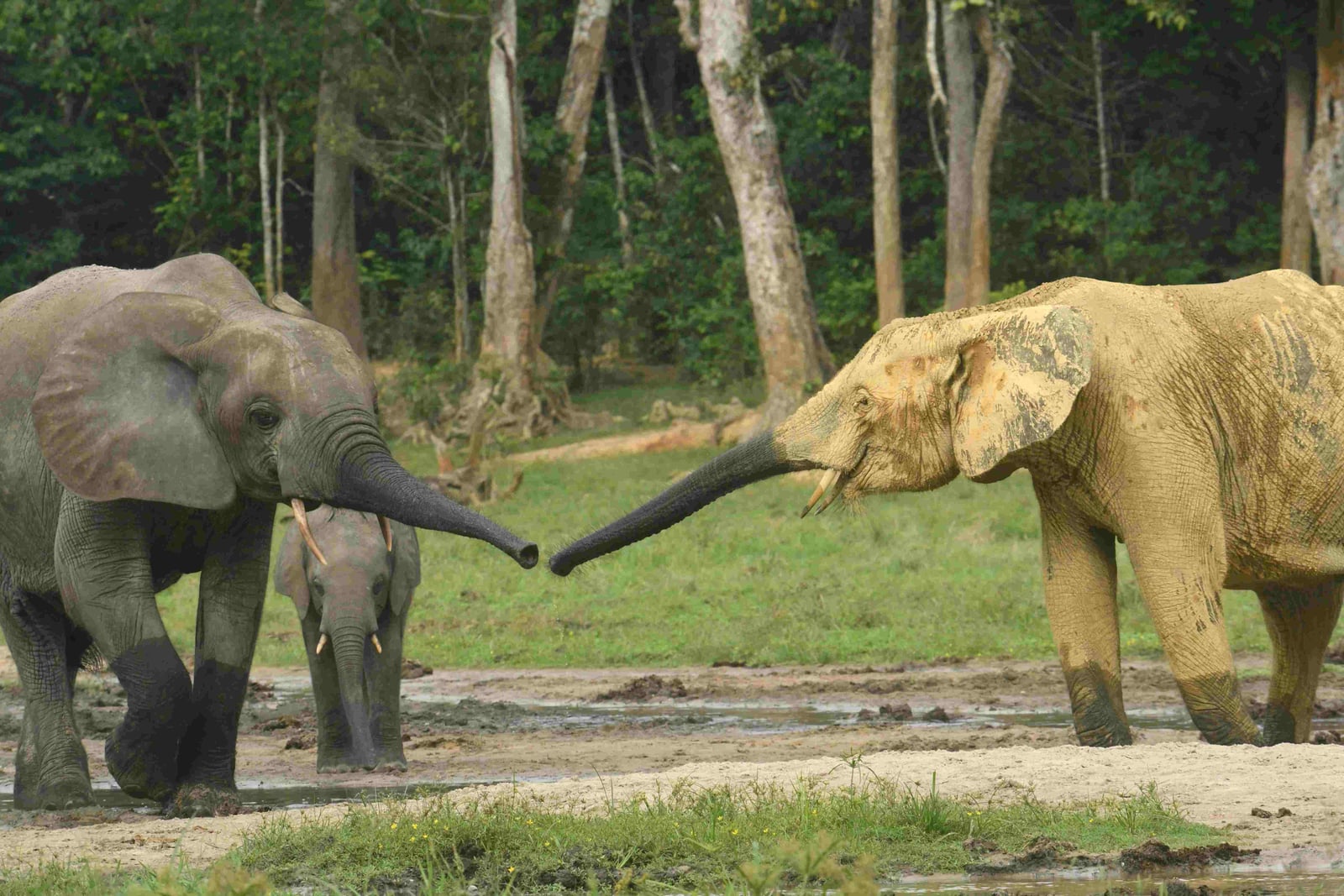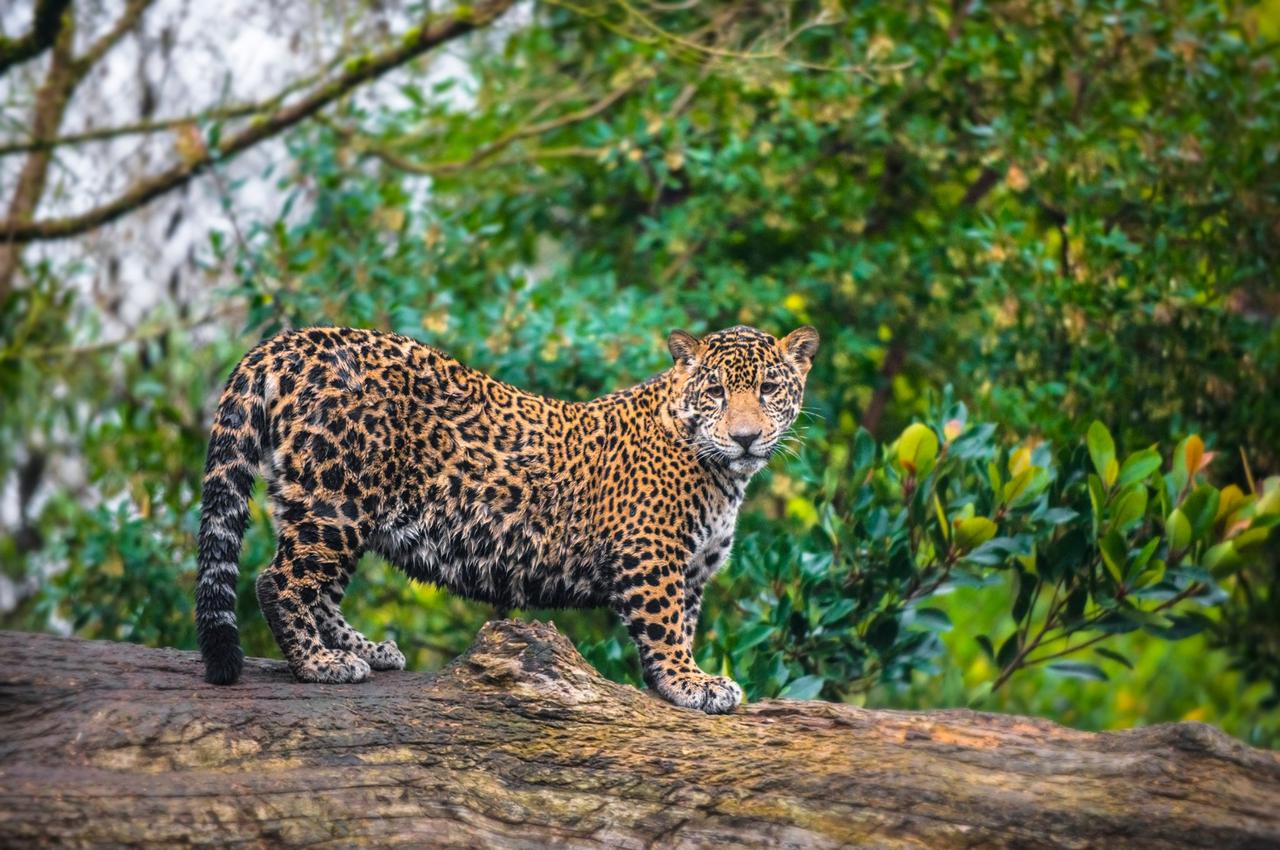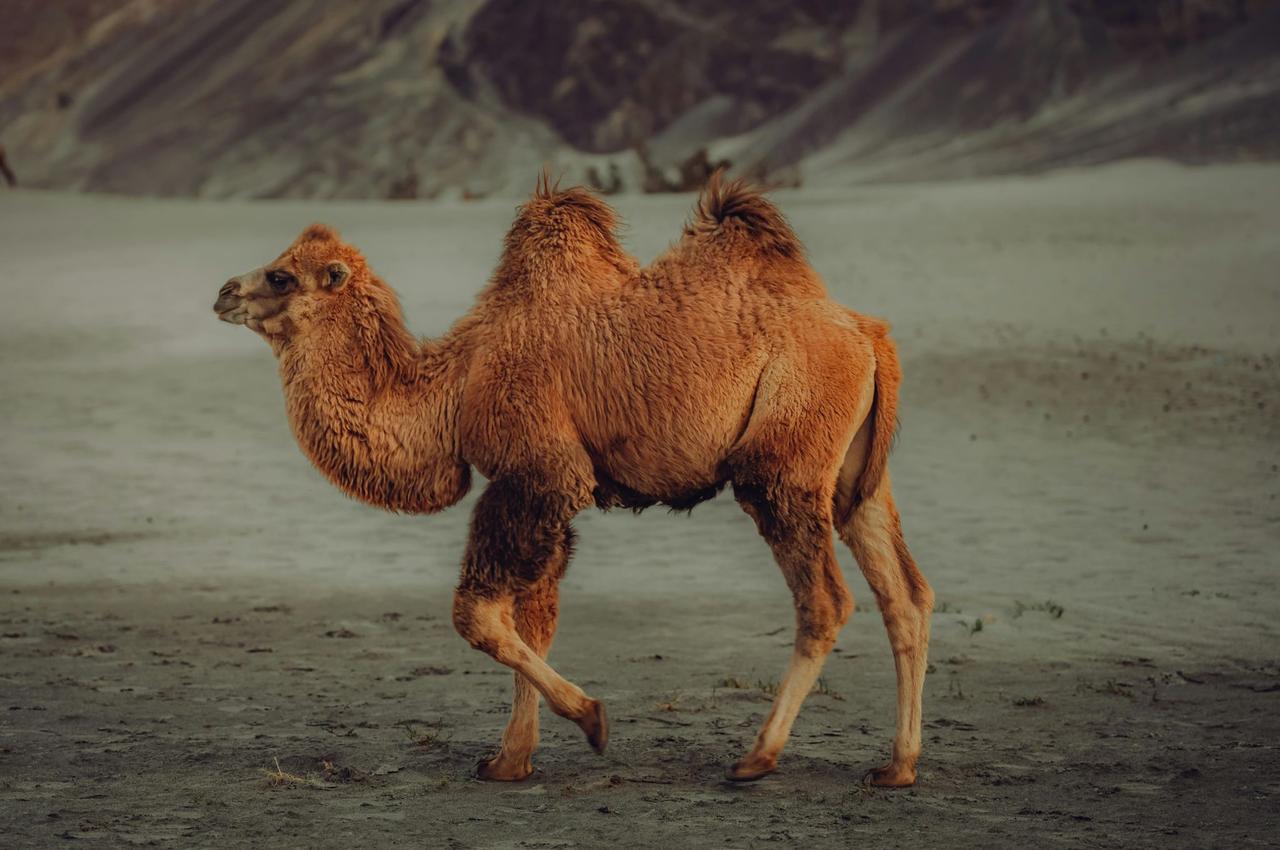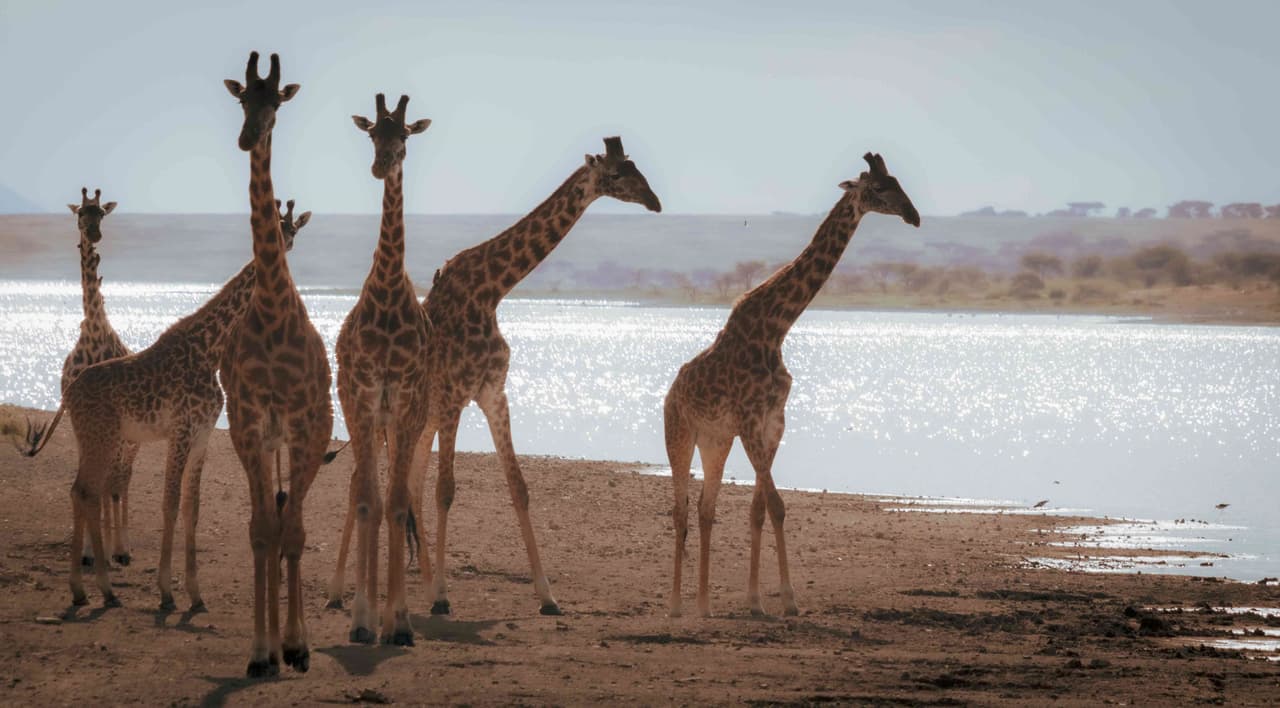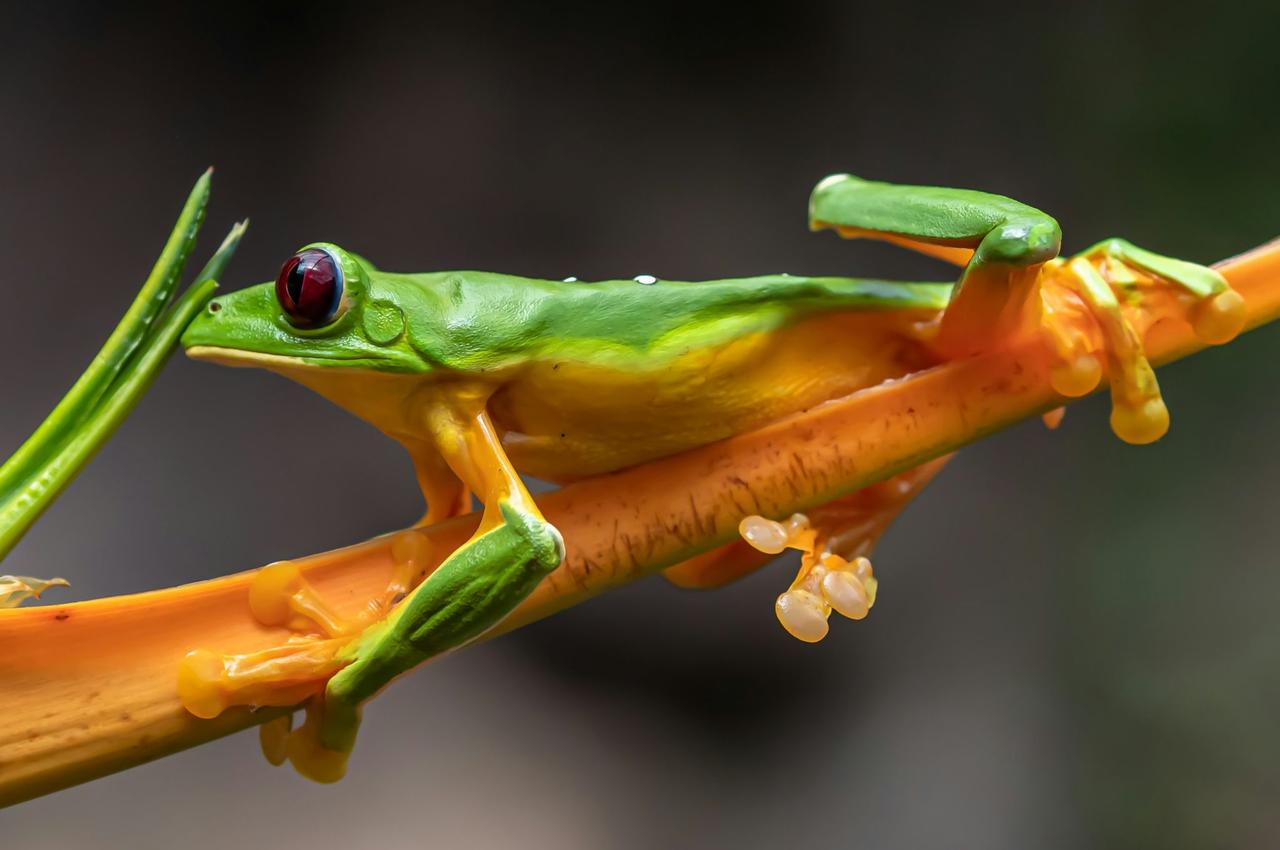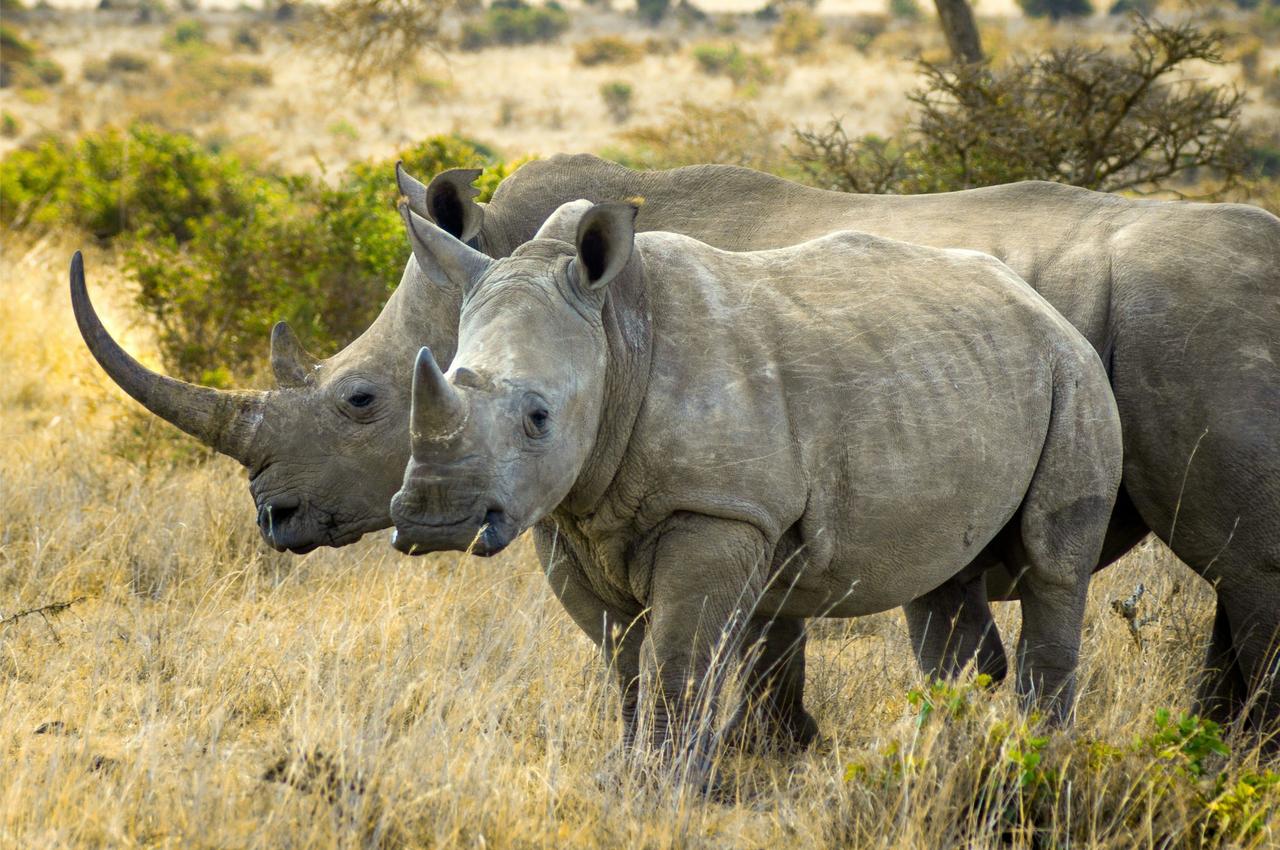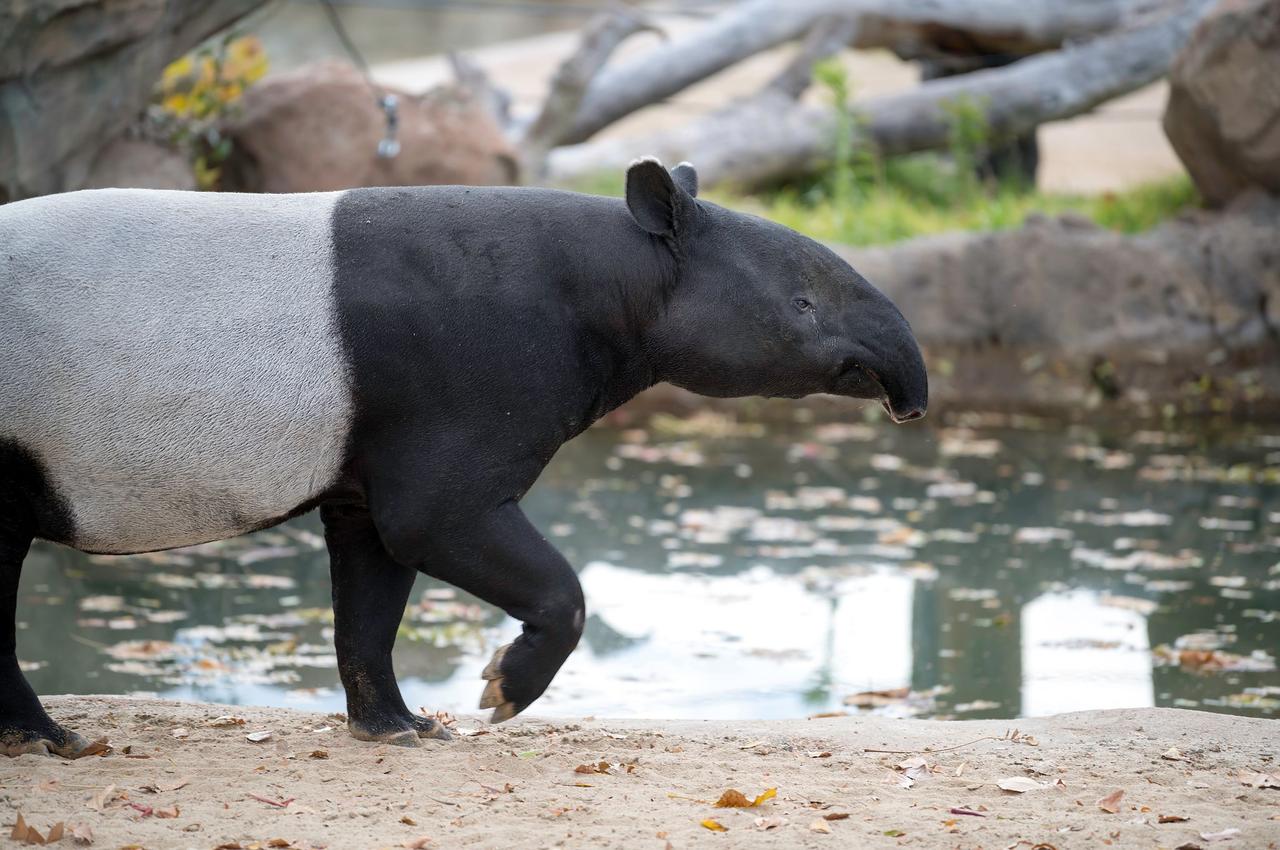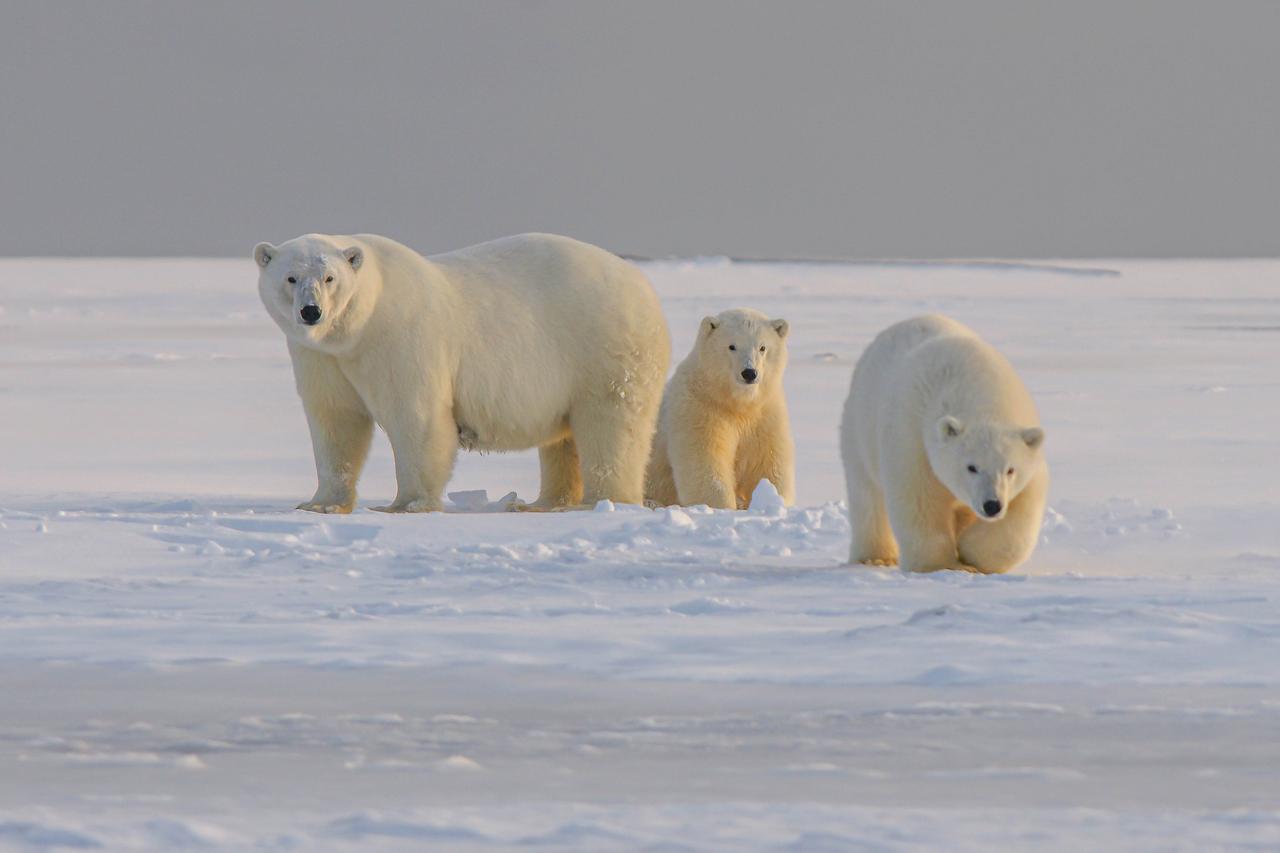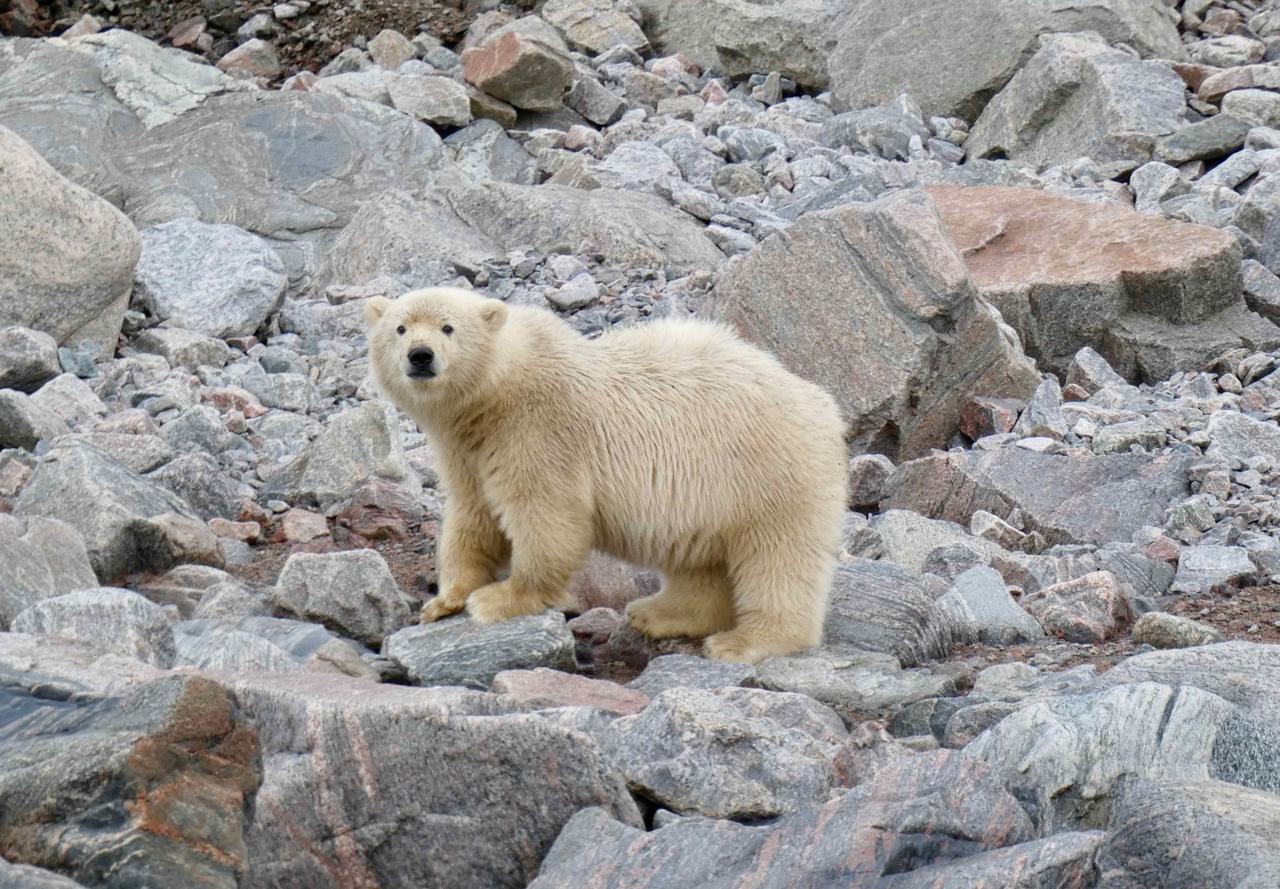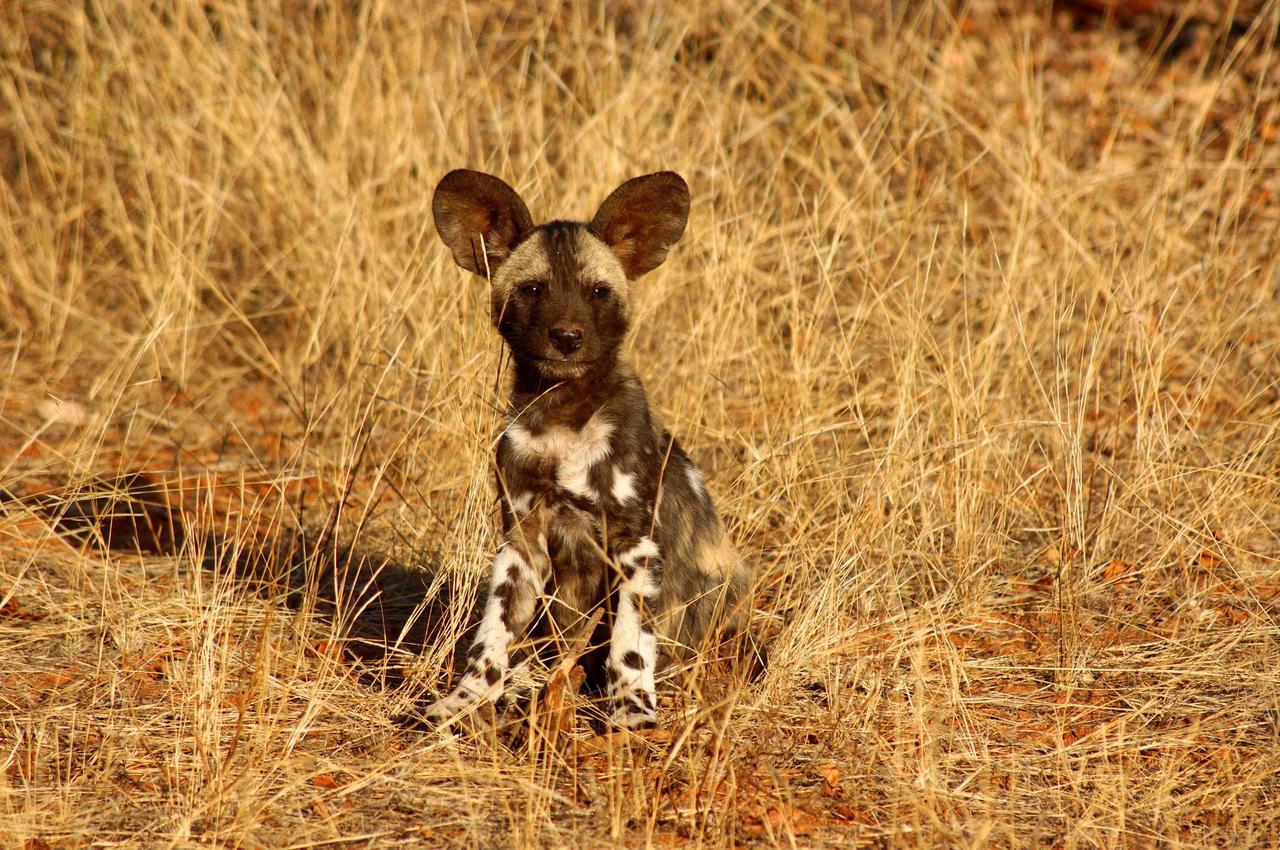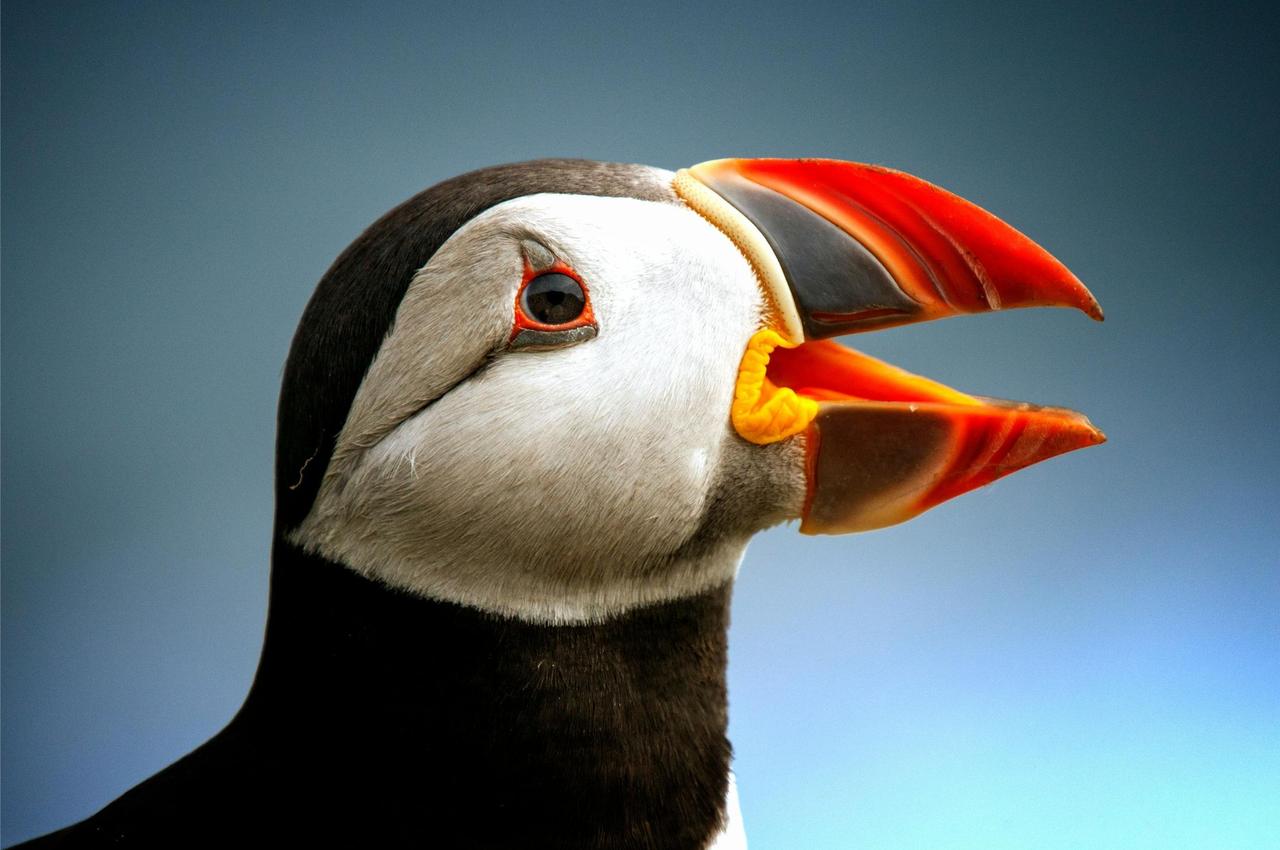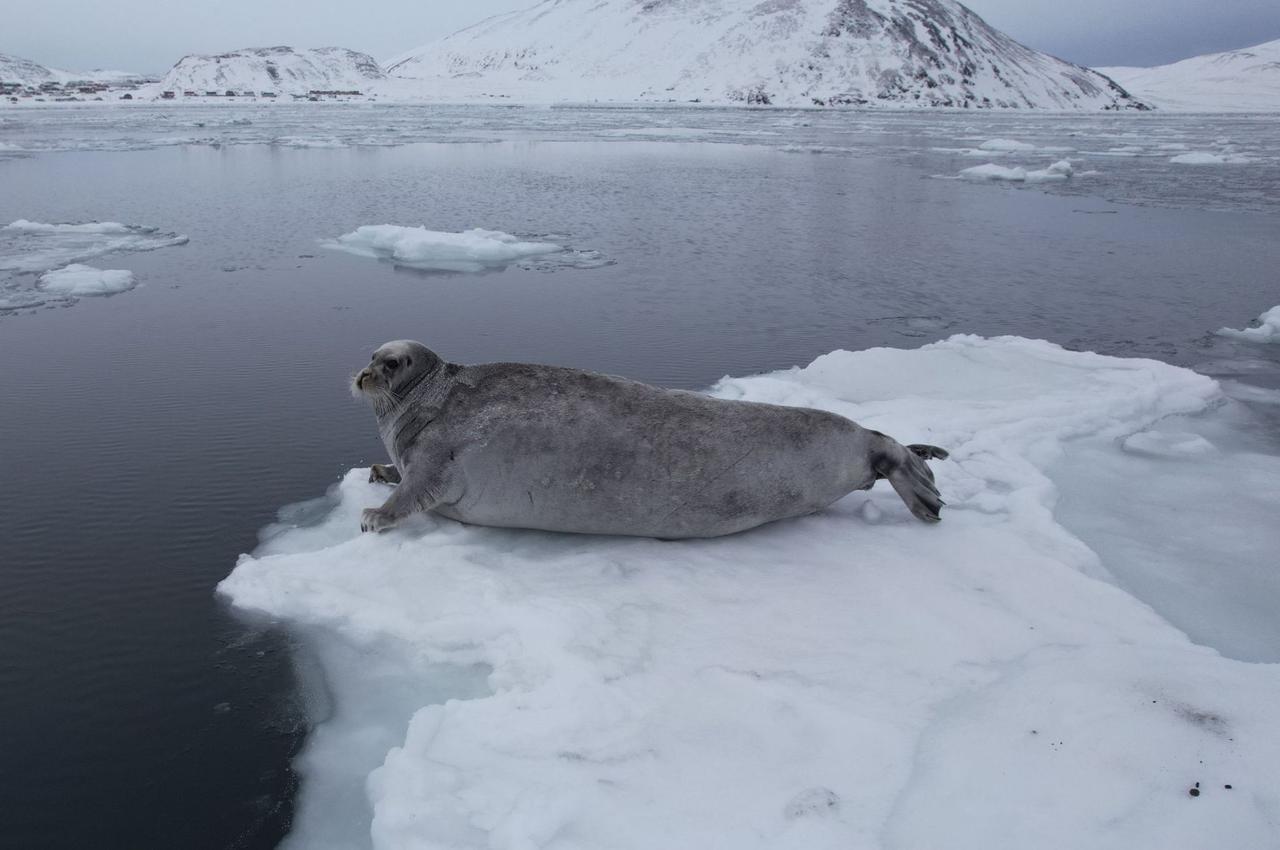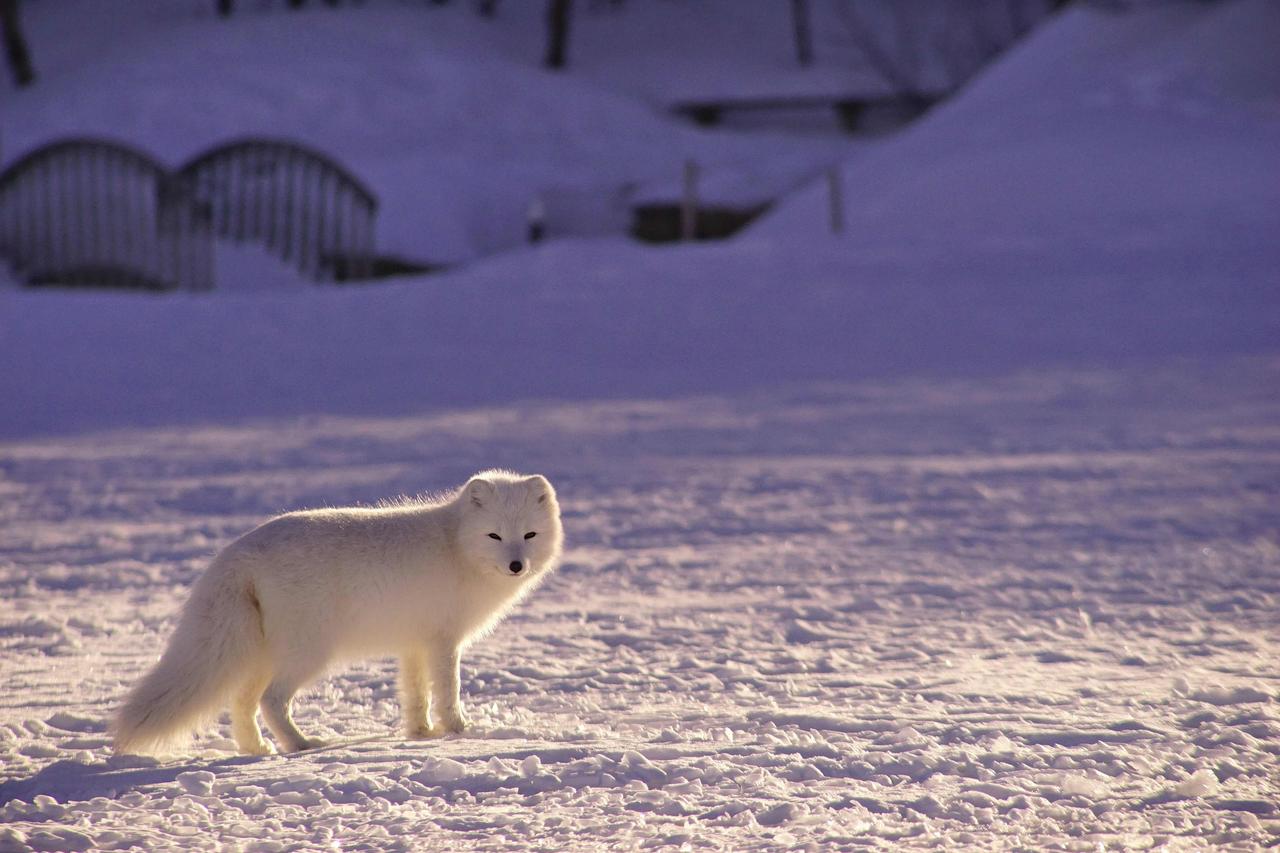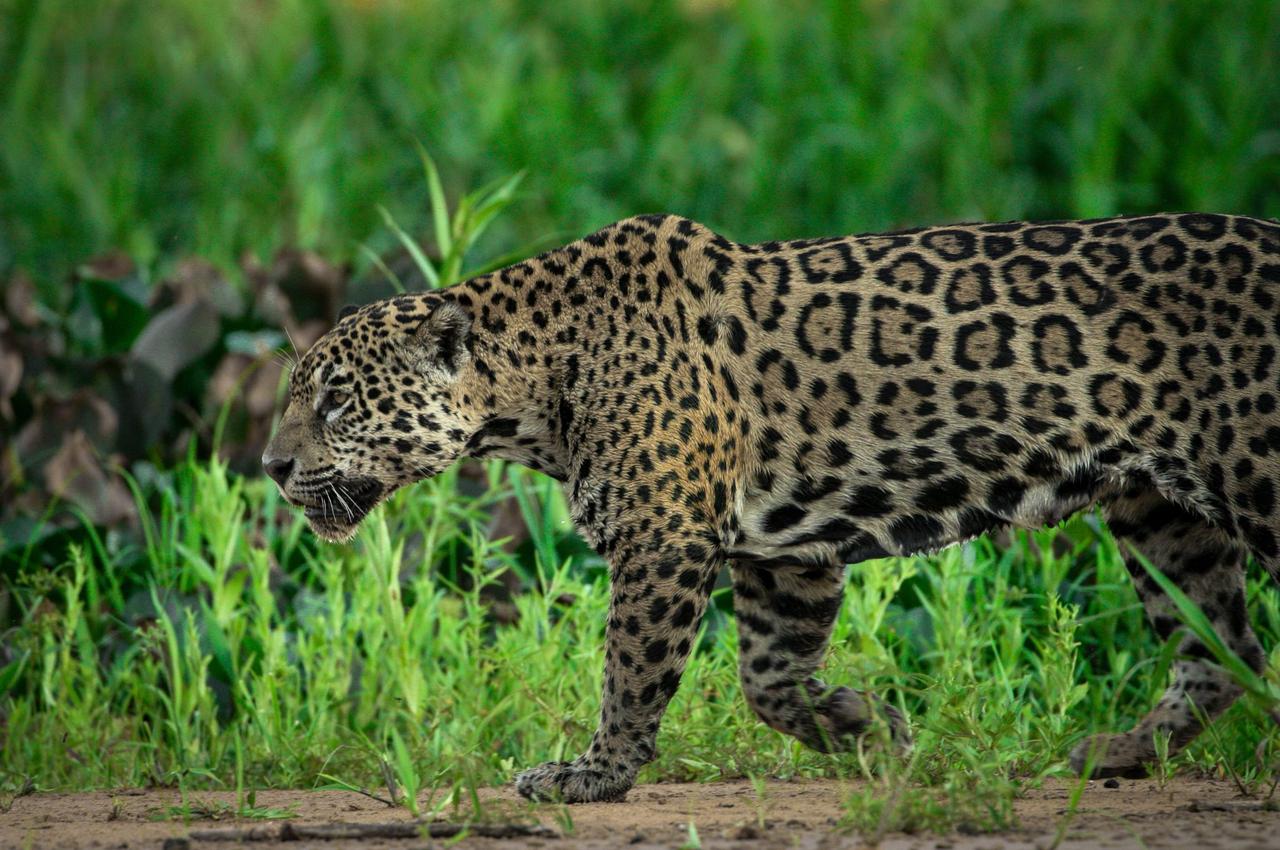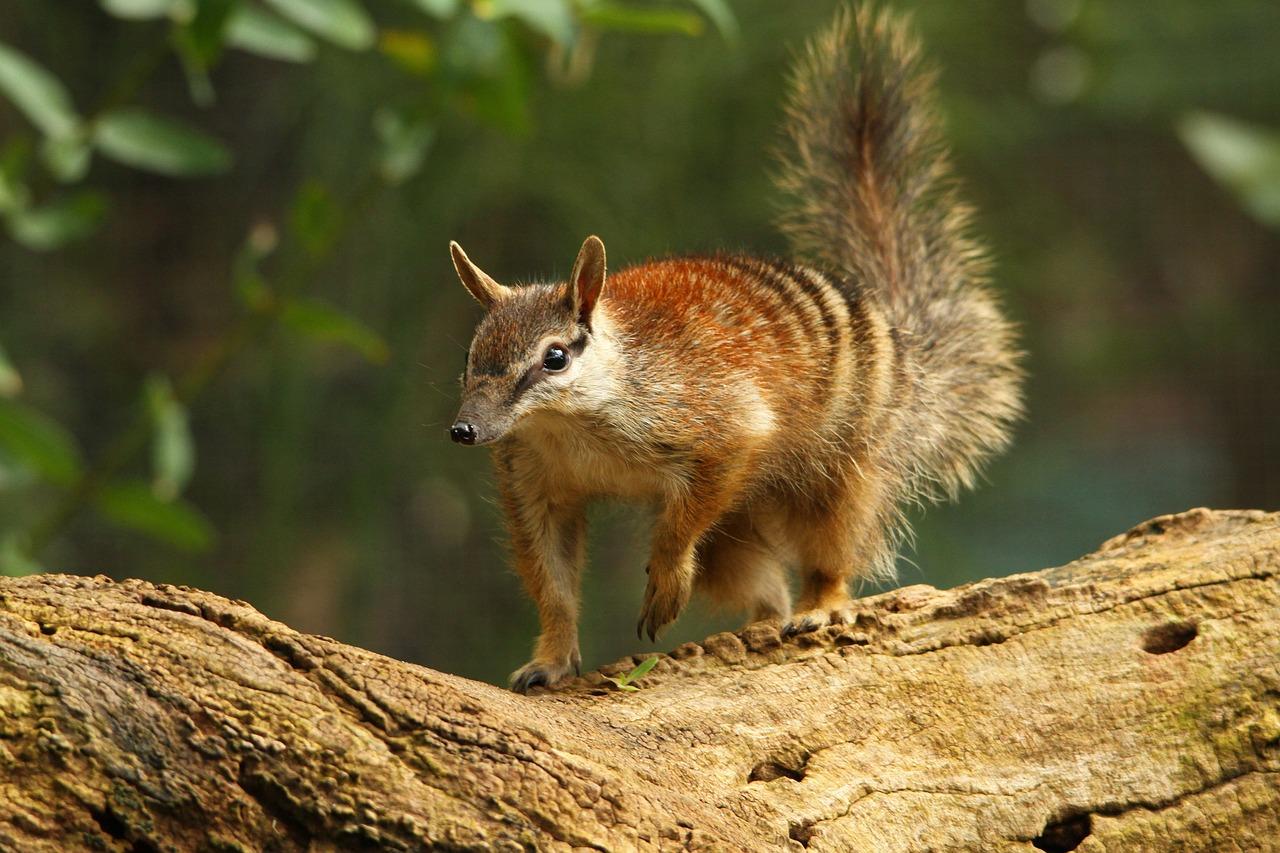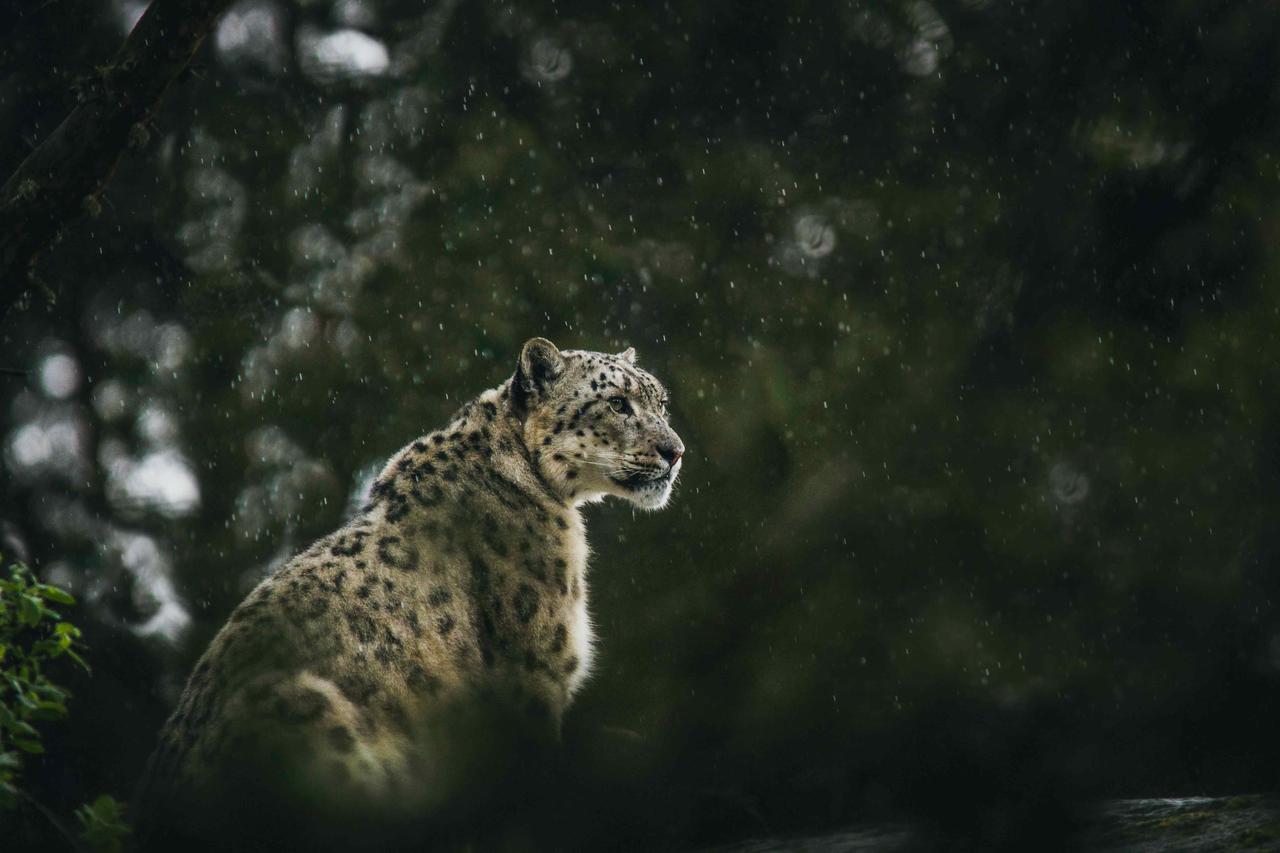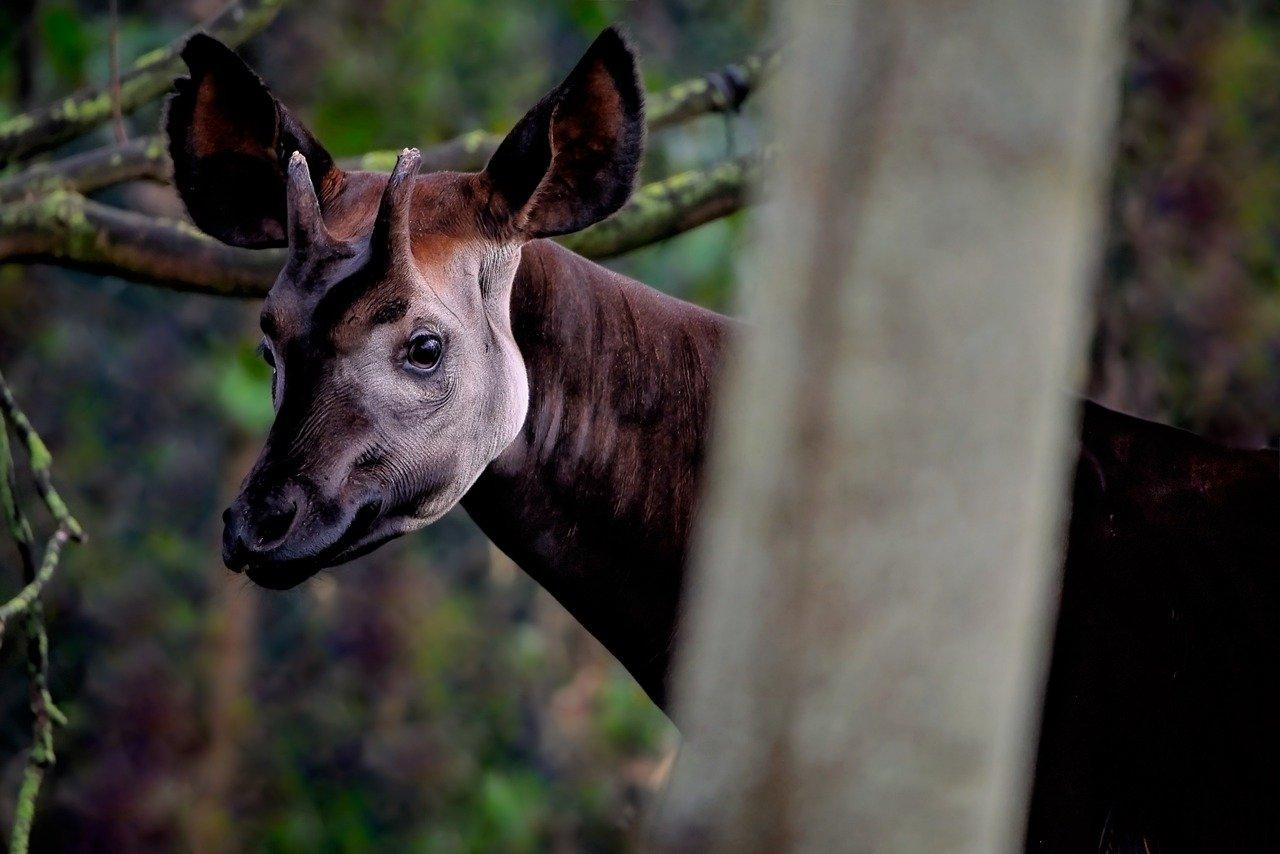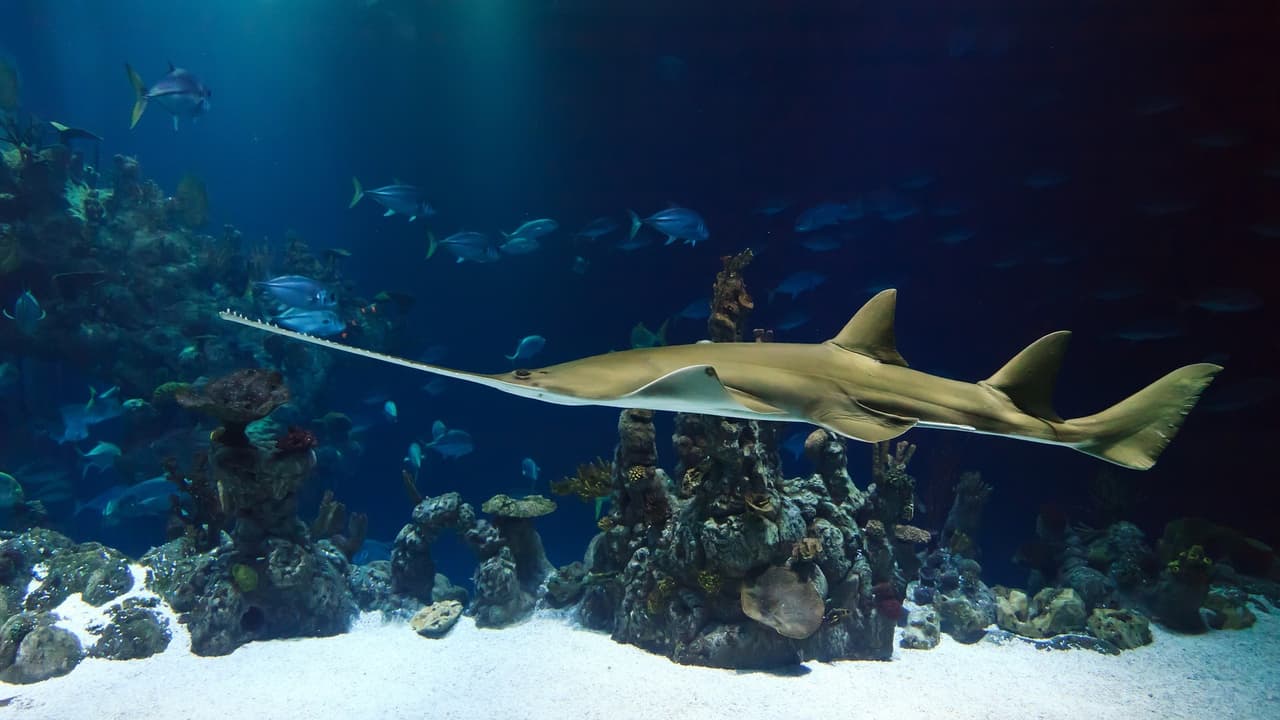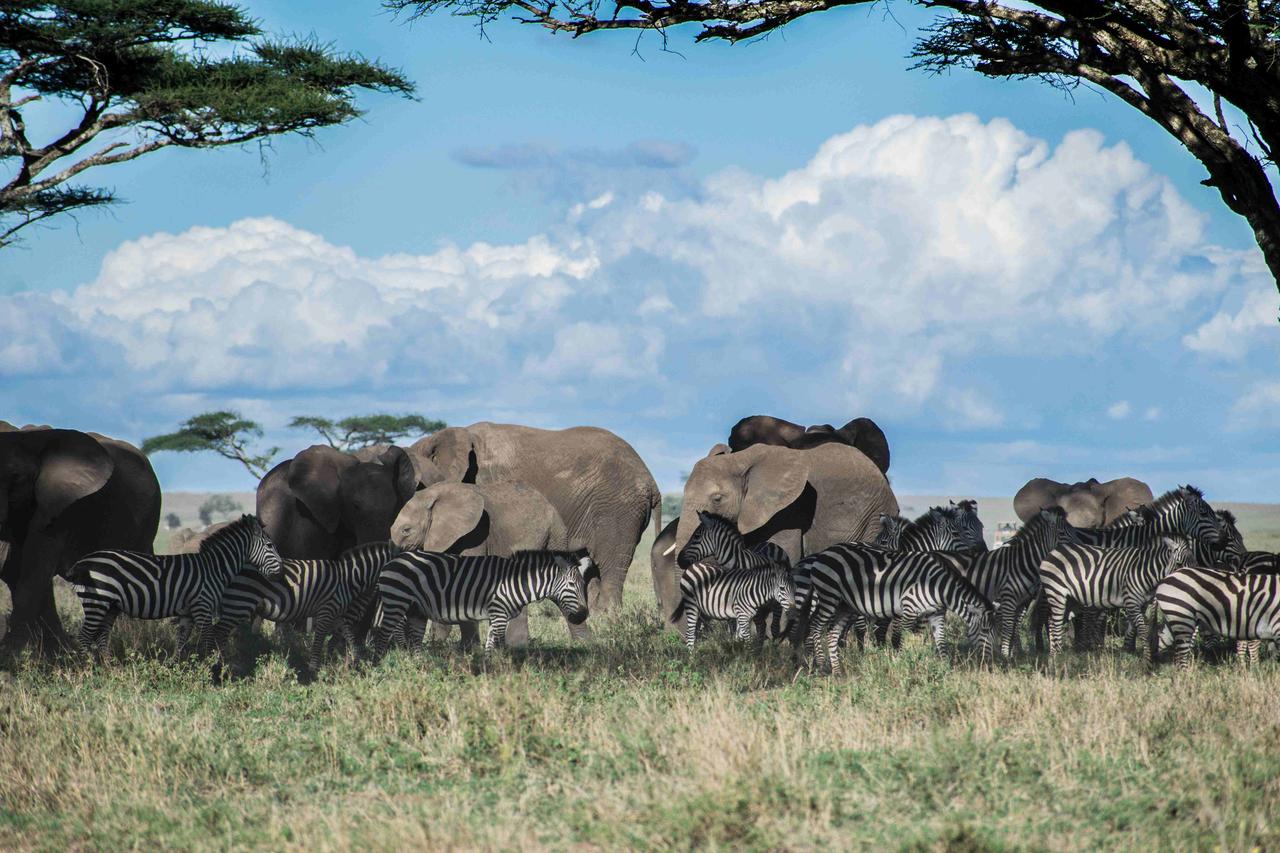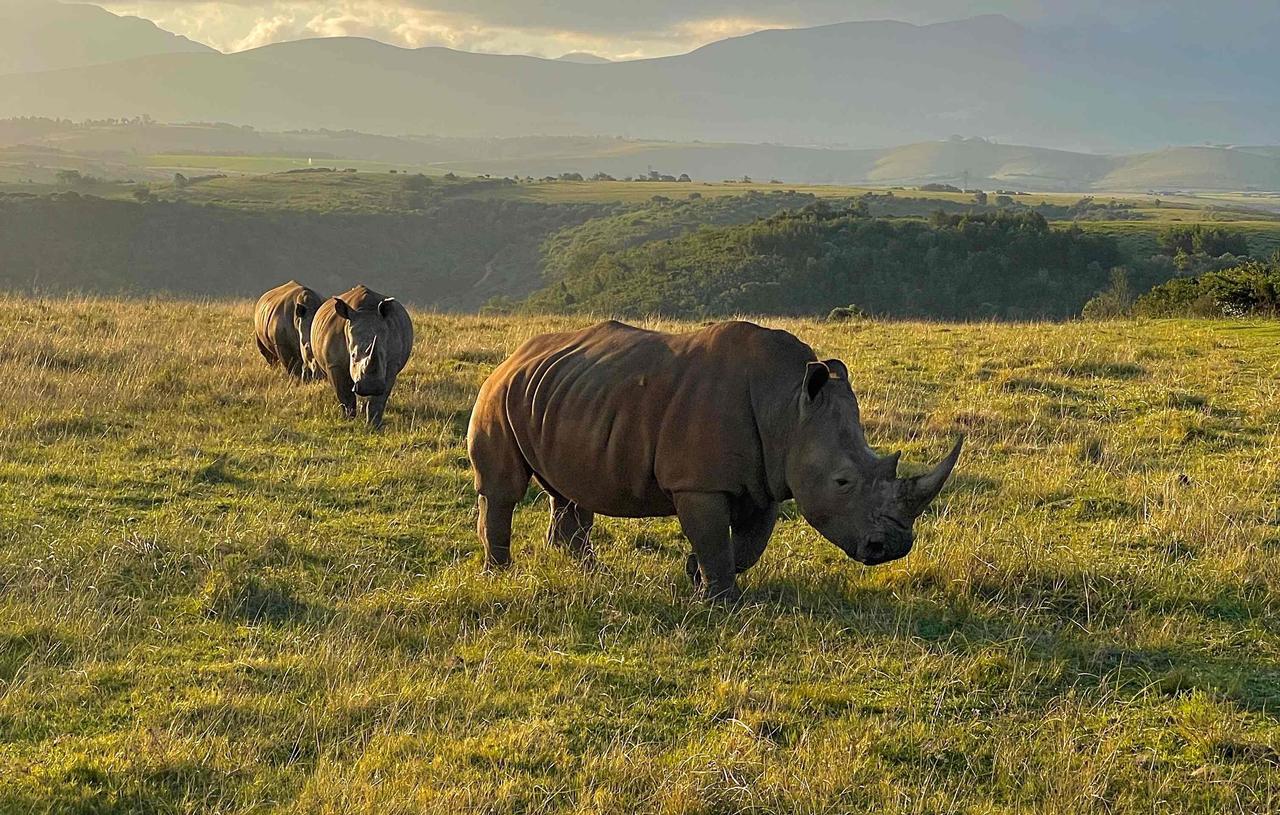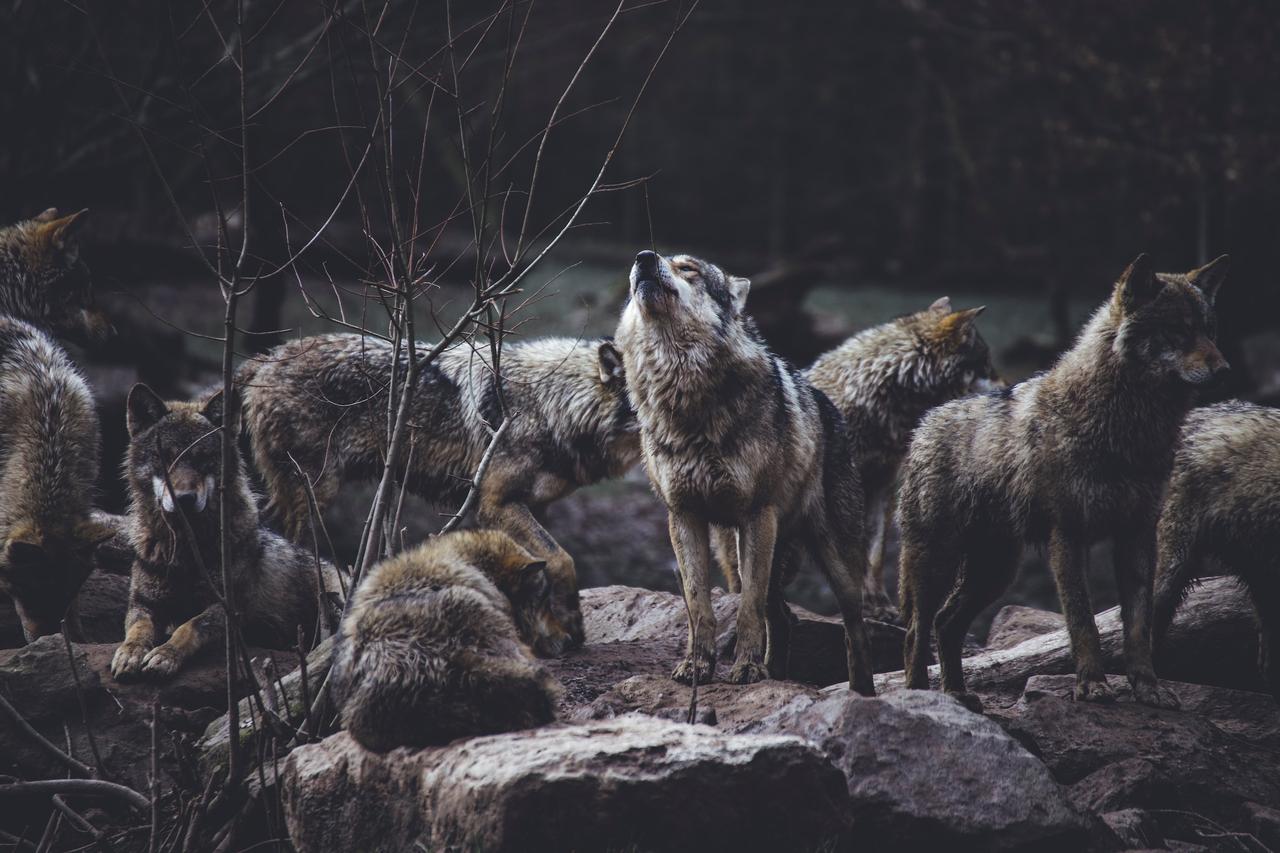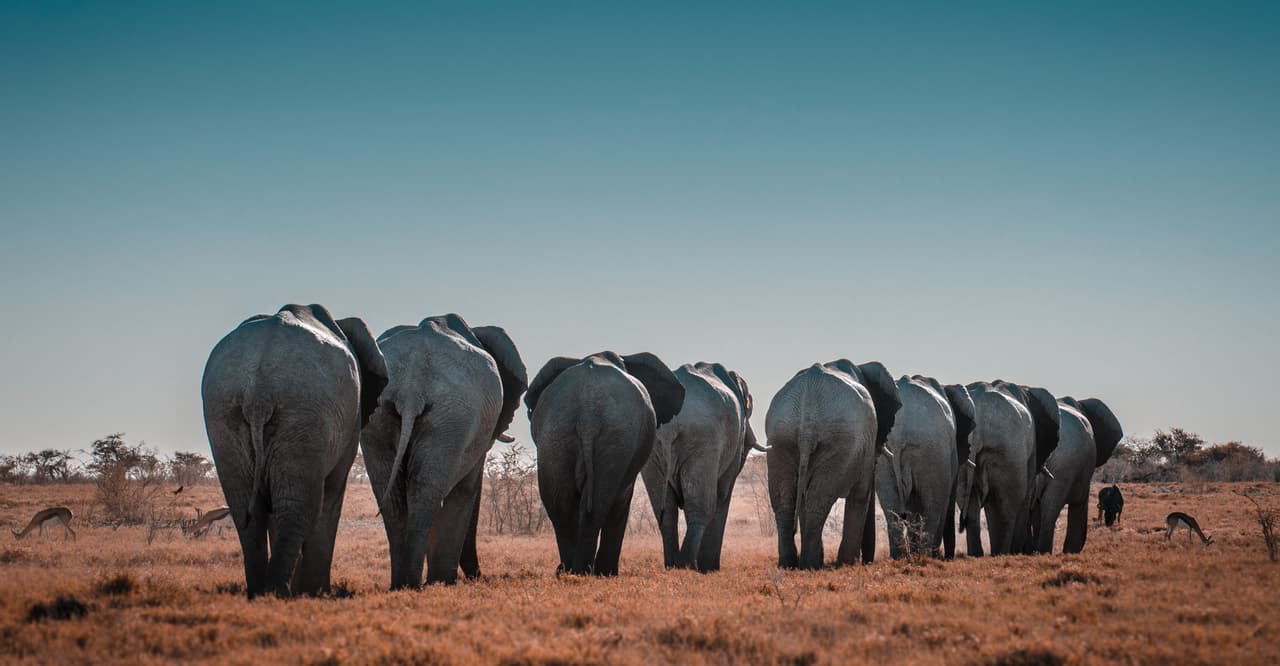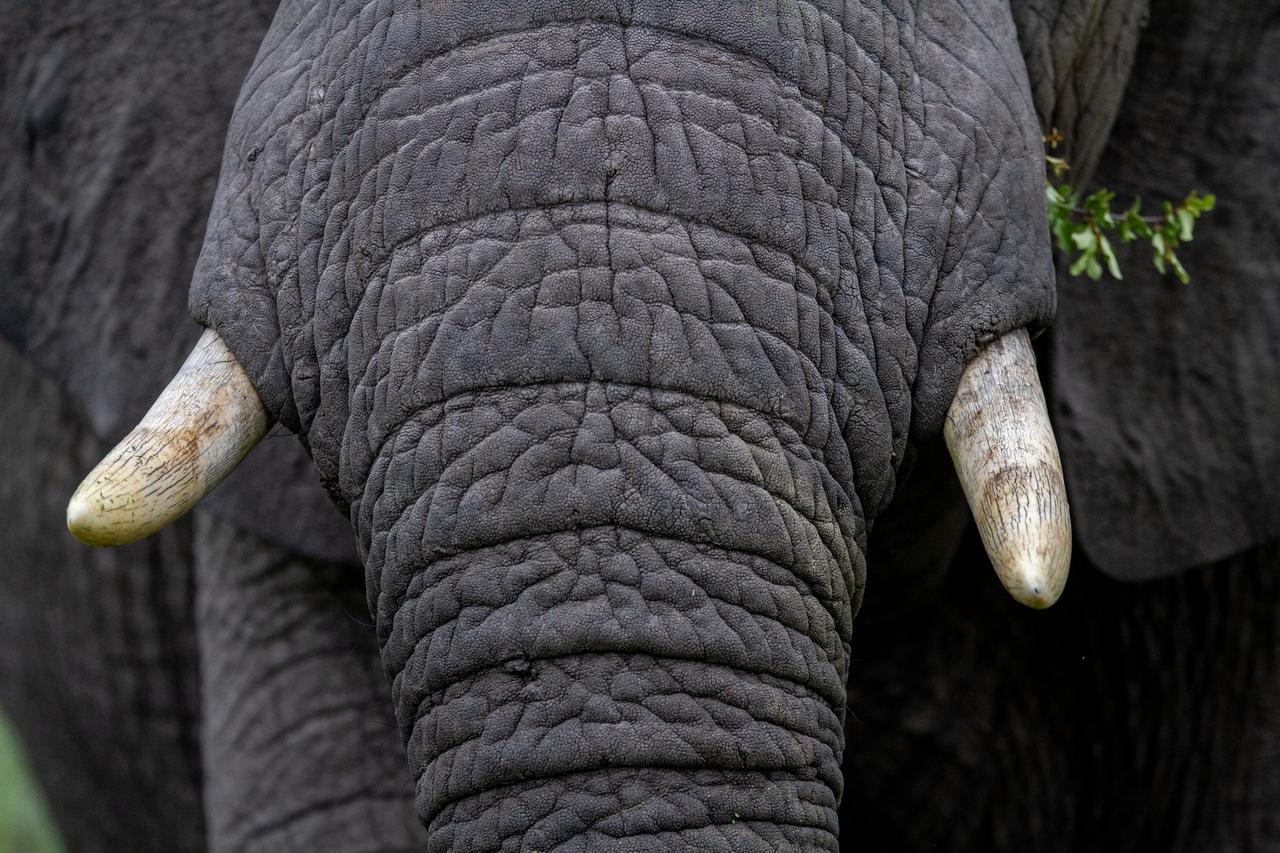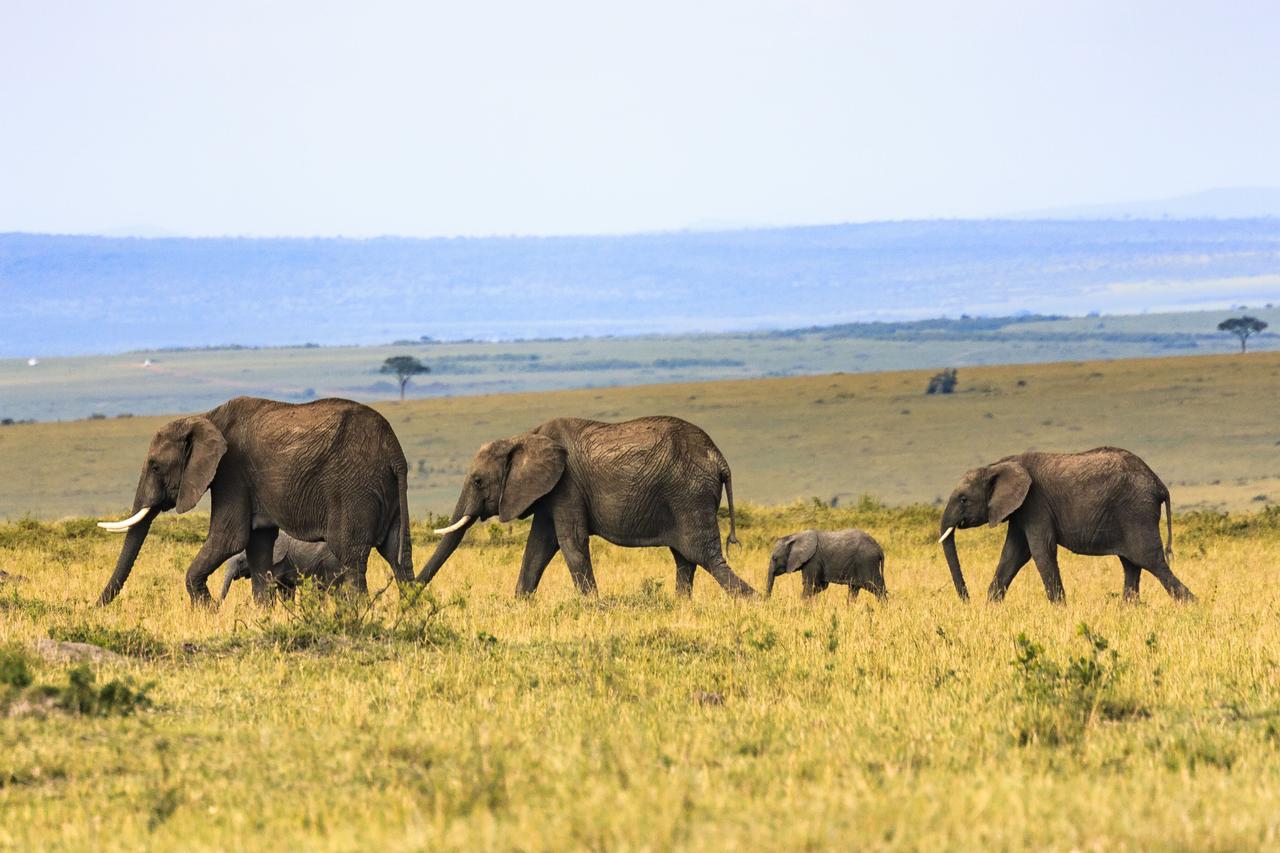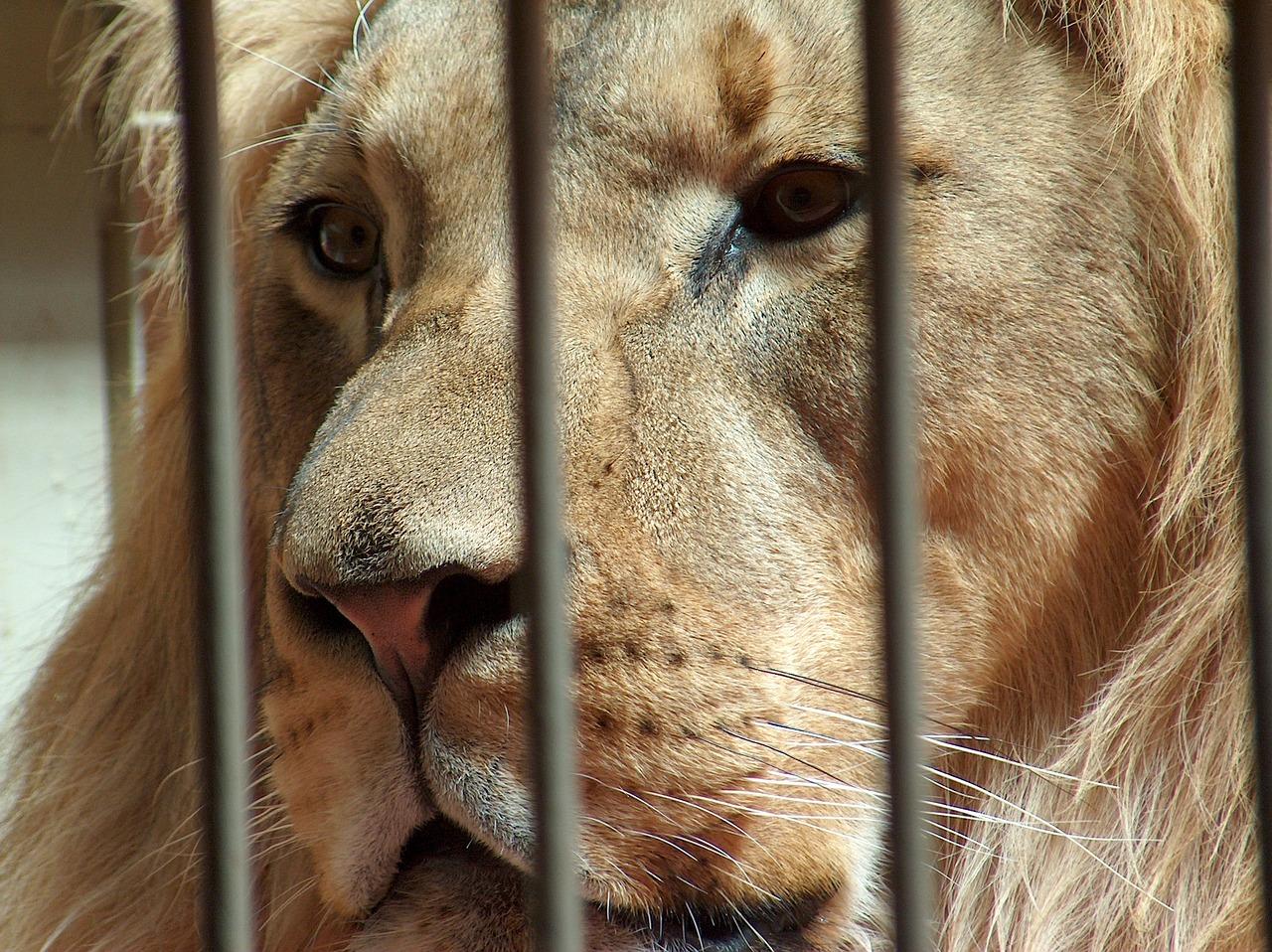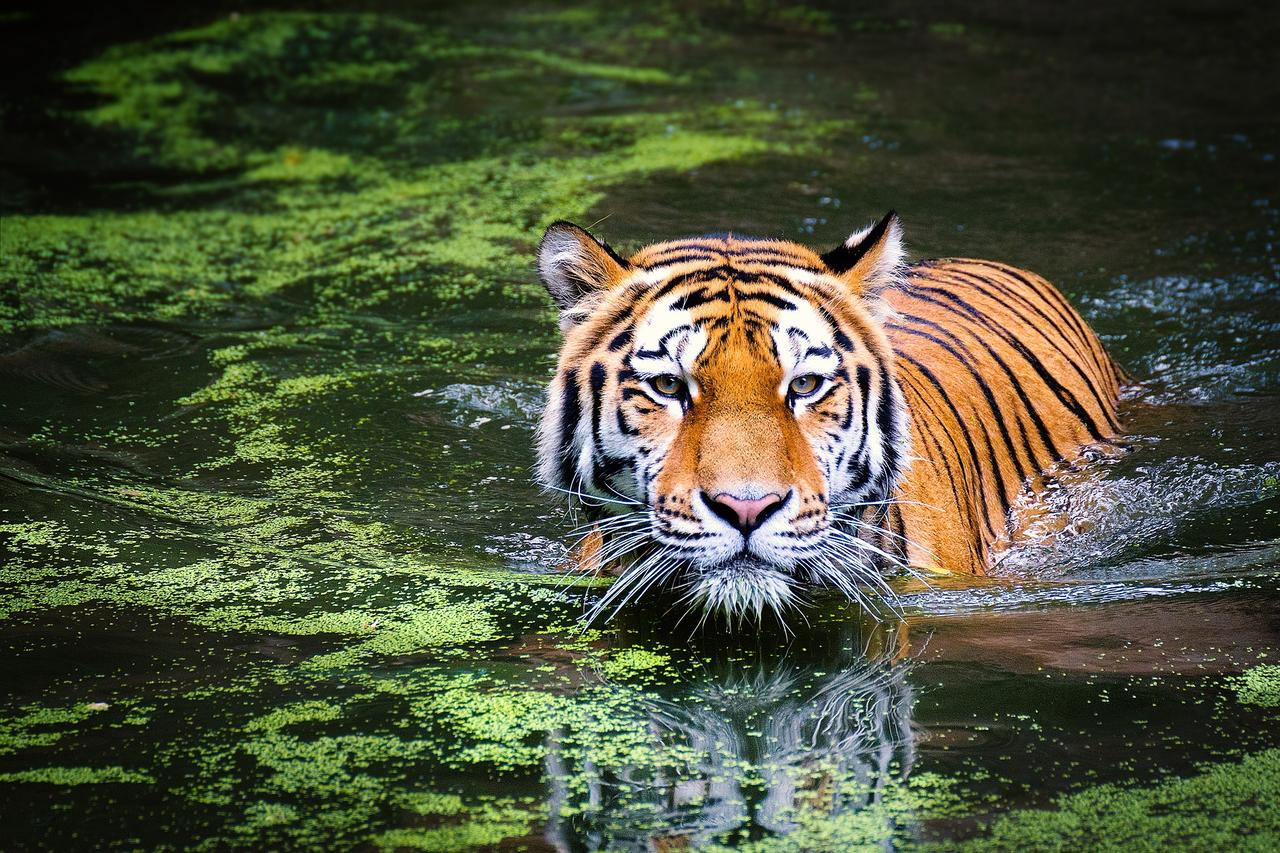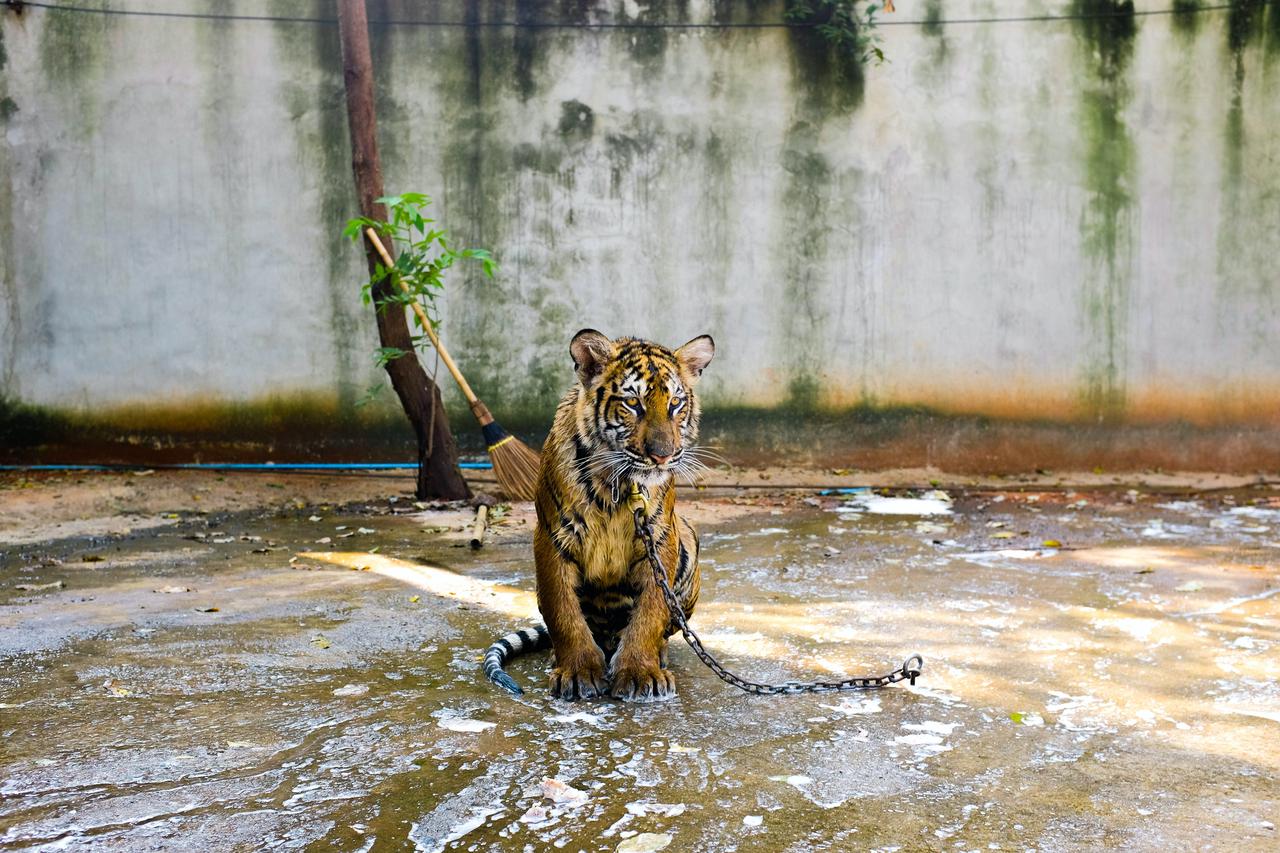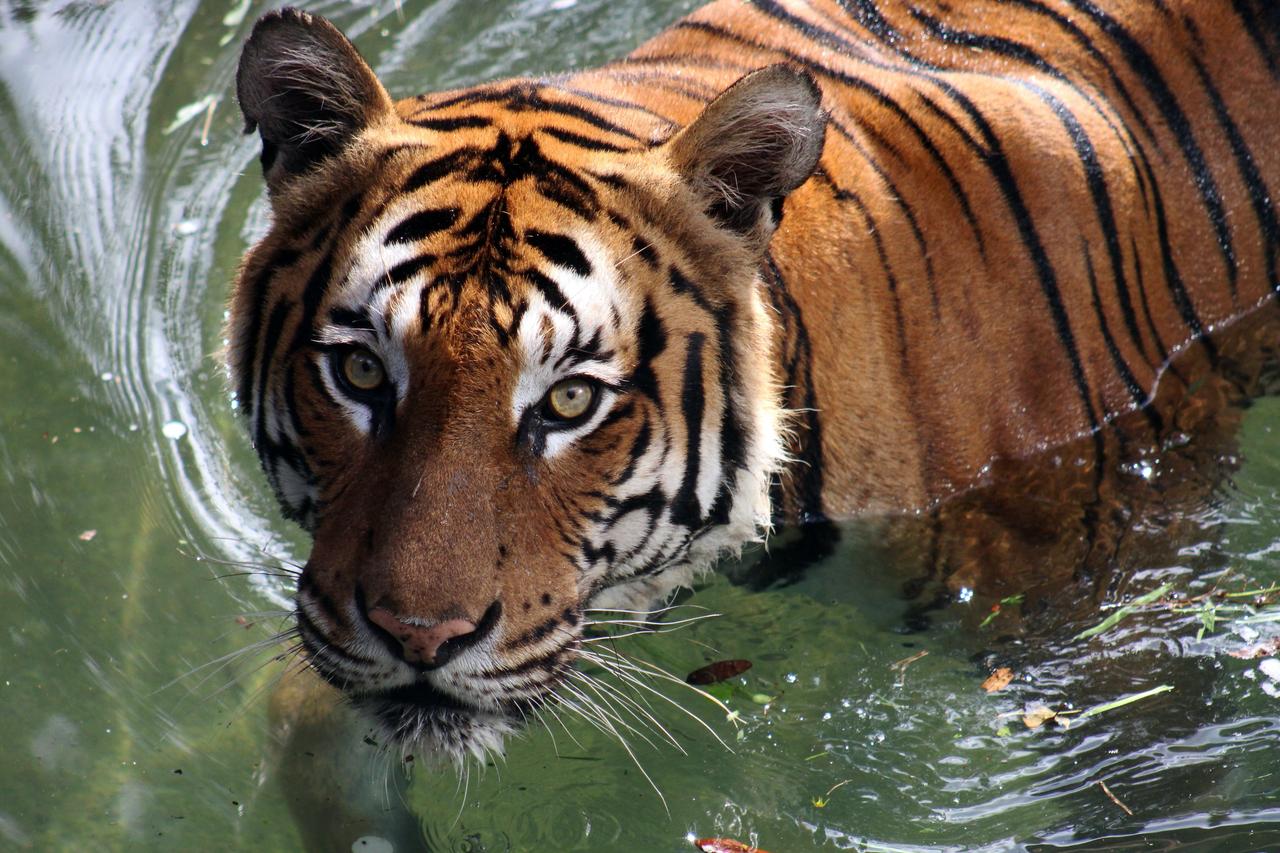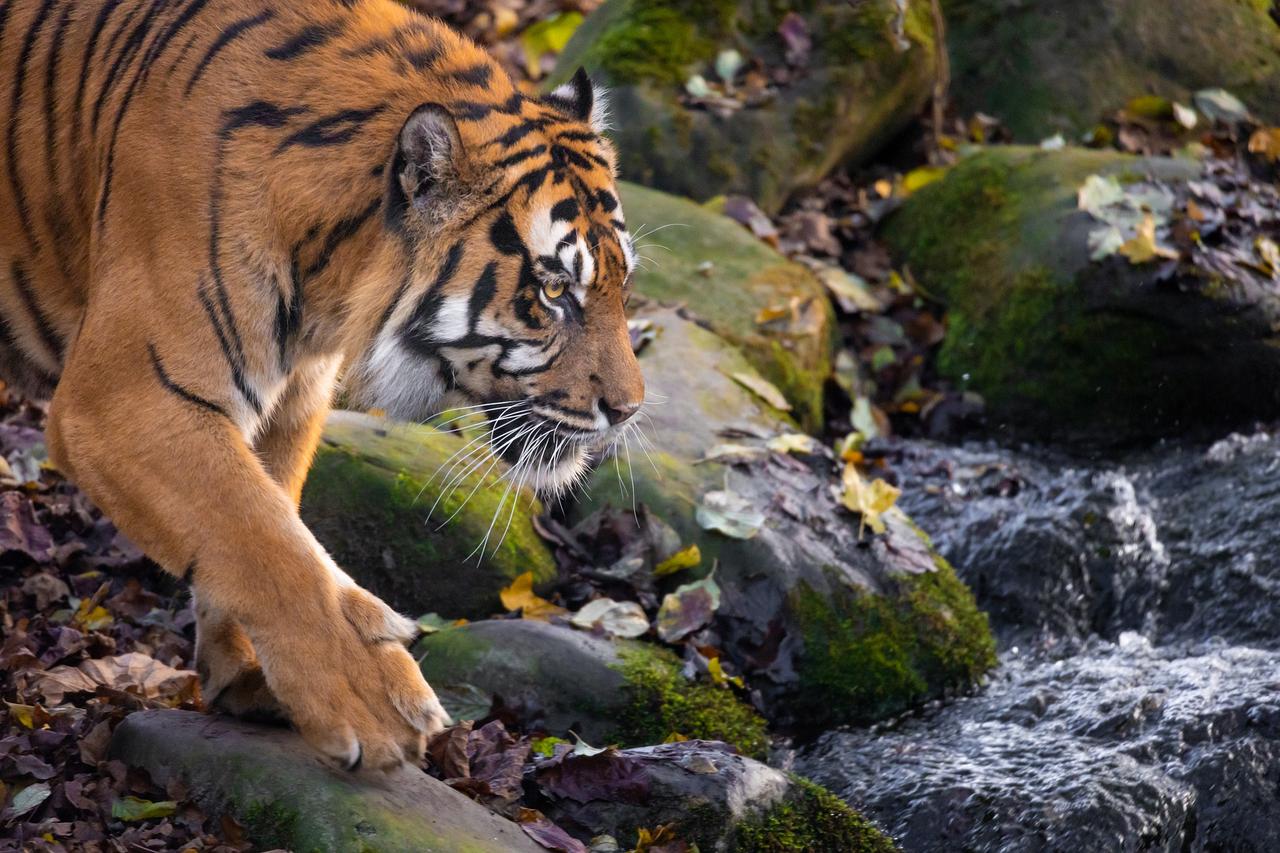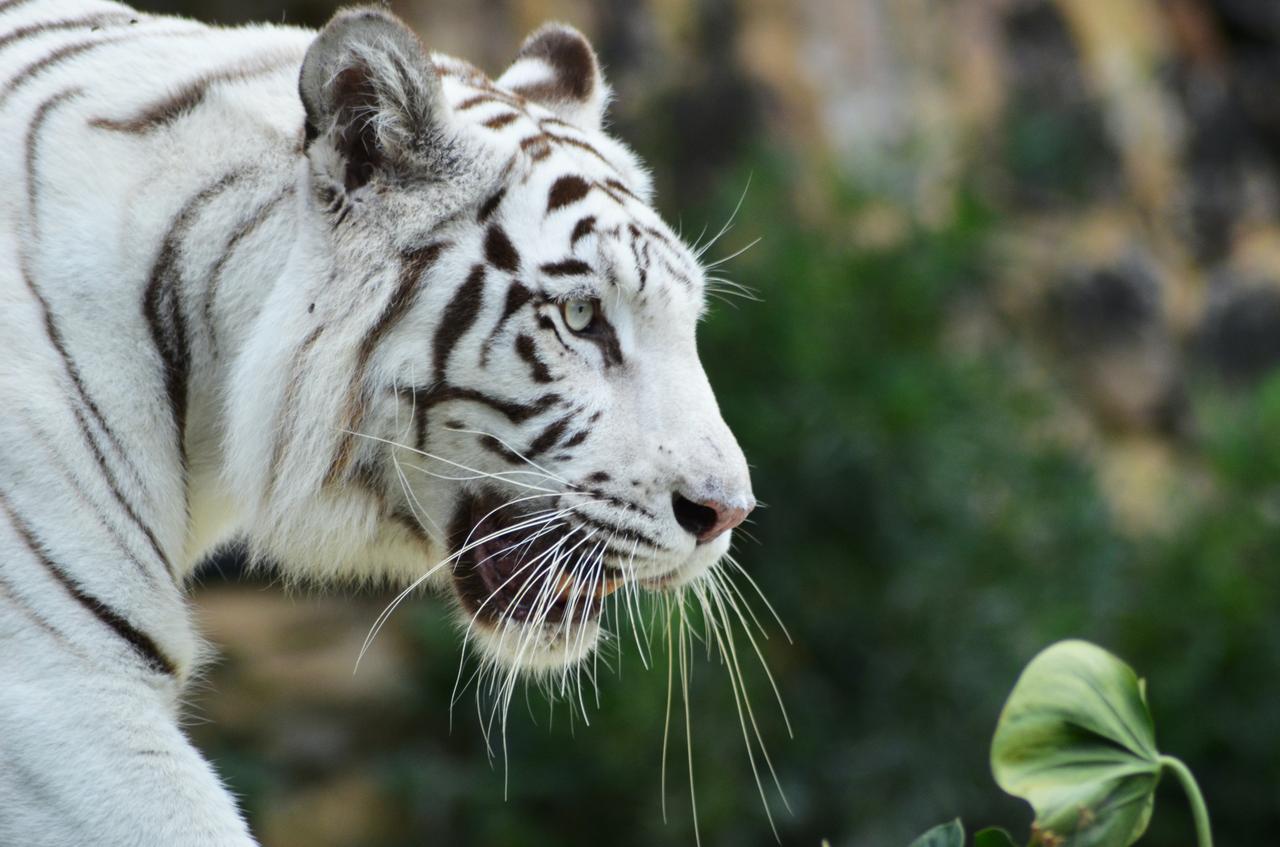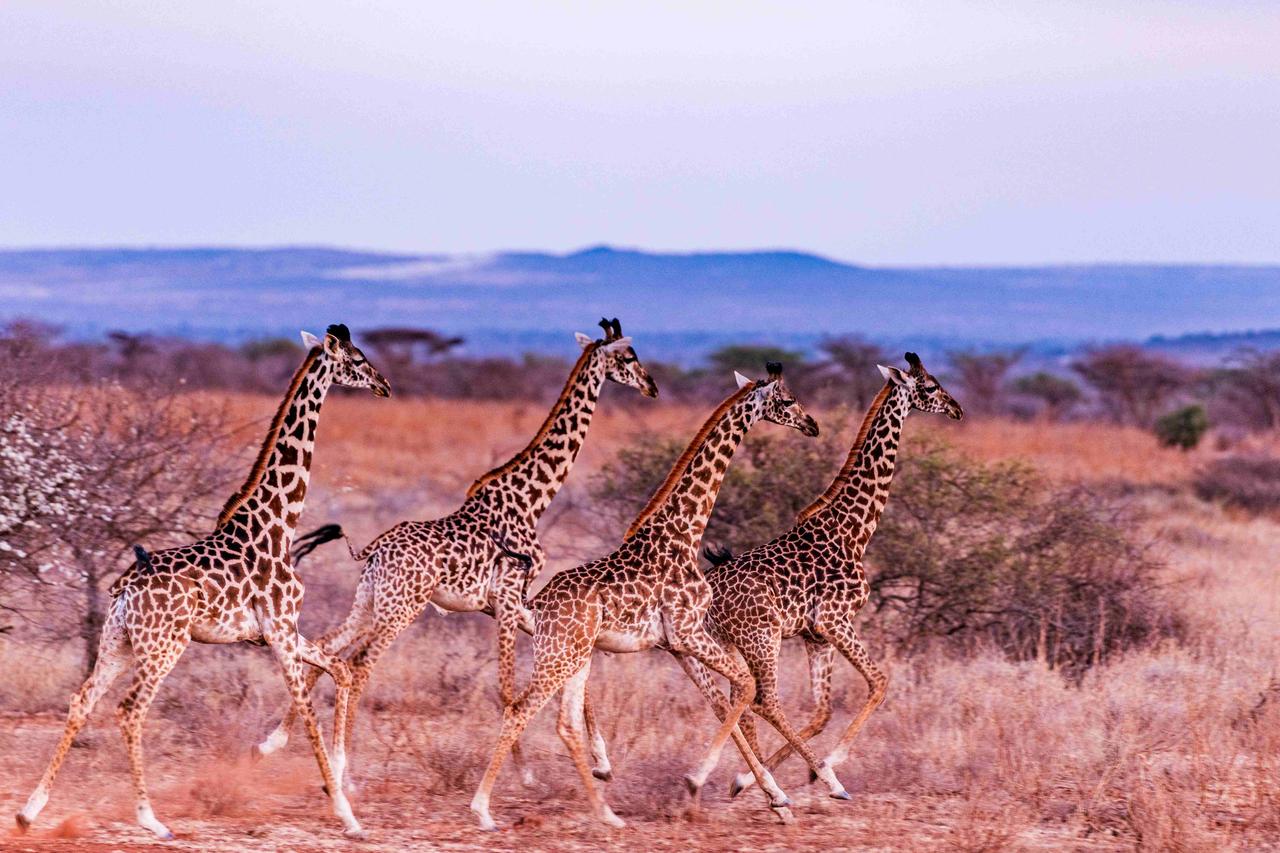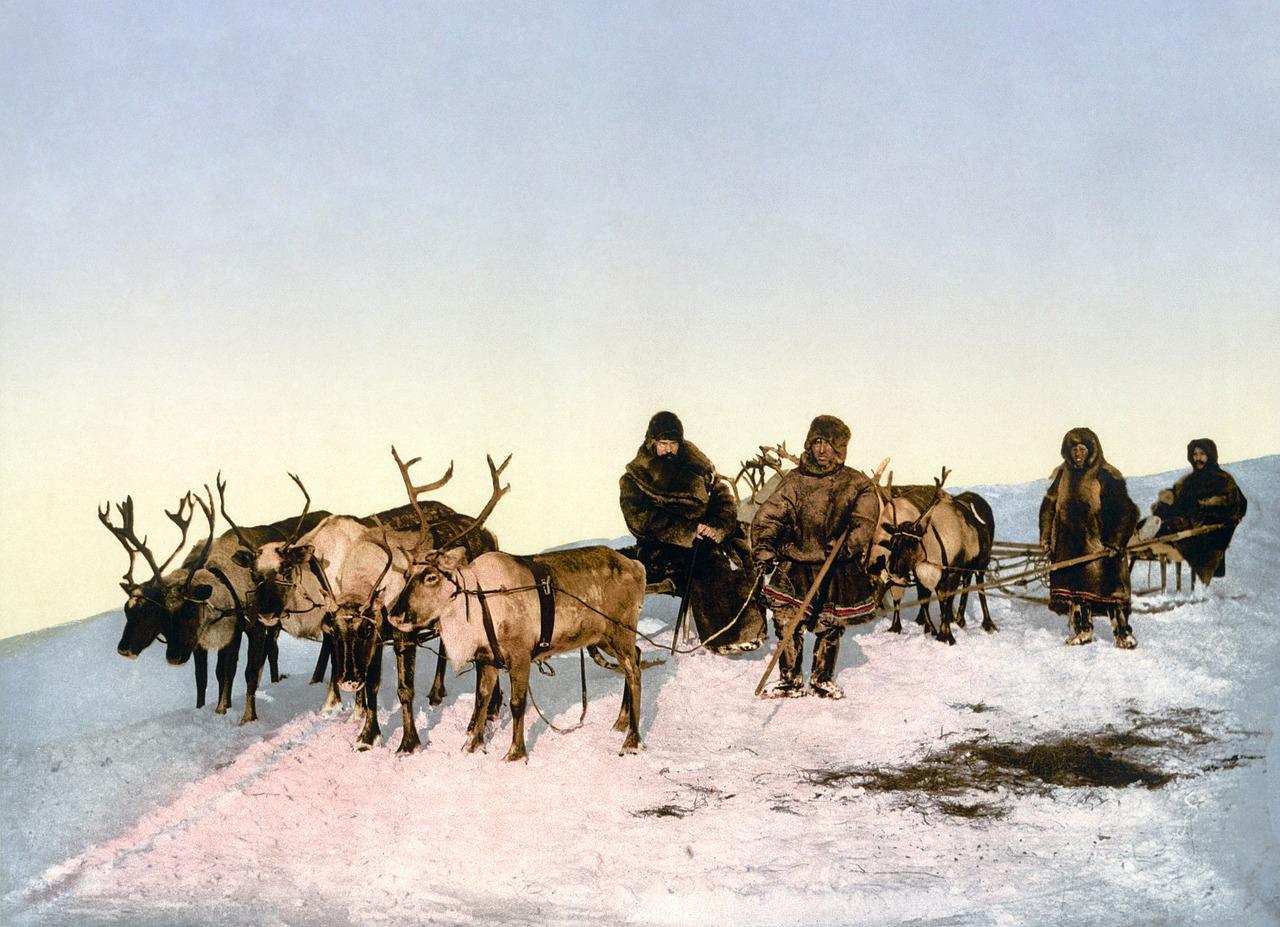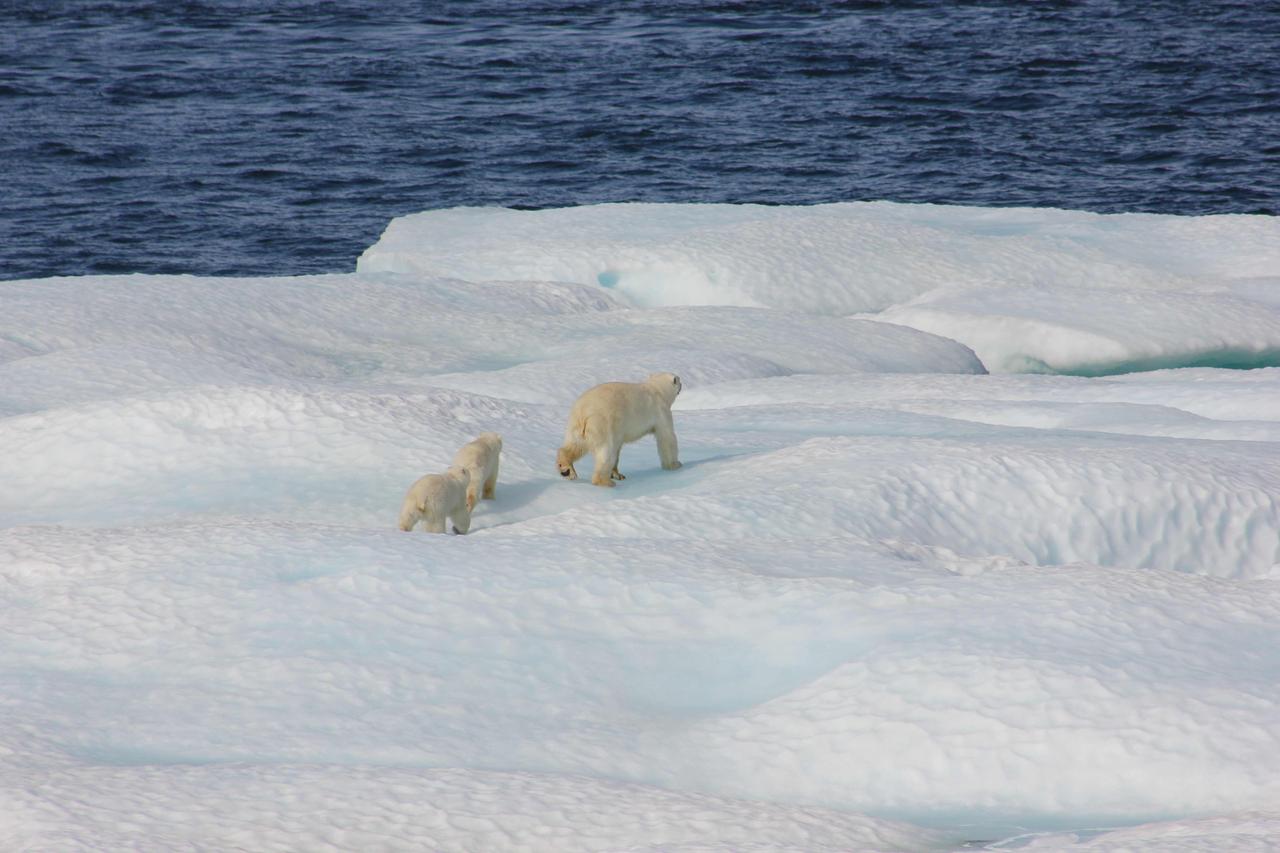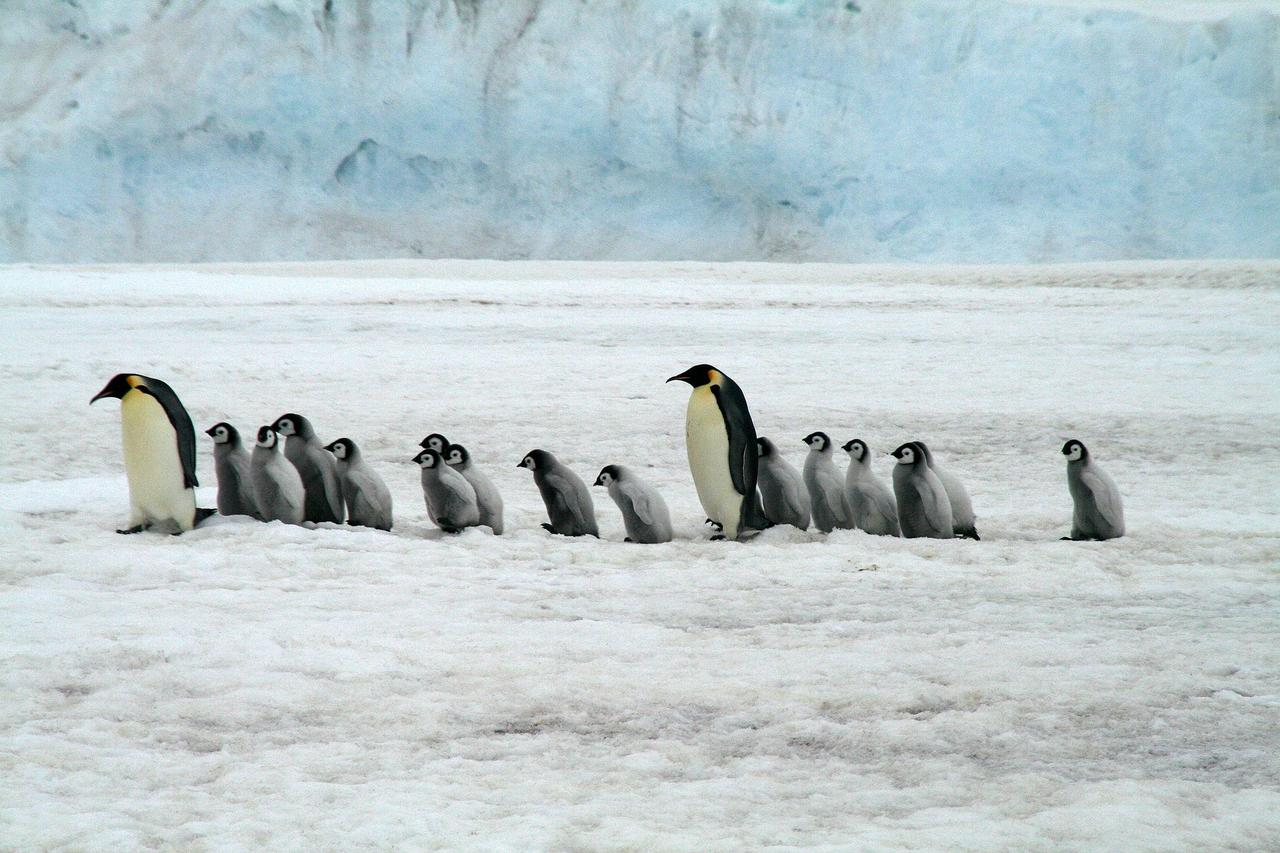
Here & Now: New research indicates disappearing sea ice resulted in a widespread breeding failure among emperor penguin colonies. Here’s what the study tells us — and why we should be concerned.
Emperor penguins may be able to live in one of the most hostile and frigid places on earth, but they are not immune to the changes happening from Earth’s warming. As a new study illustrates, colonies of emperor penguins suffered major offspring loss due to record-low sea ice levels. This unsettling event could prove even more catastrophic for emperor penguins, as scientists had already predicted 65% of their species could disappear by 2100 if current activities are not slowed.
What does the recent study show?
While sea ice levels in this region are highly variable, for the past four years (2018-2022), Antarctica experienced it’s lowest sea ice levels in 45 years. And currently, particularly as the planet saw some of its hottest temperatures ever recorded, ice cover is already half a million square miles (nearly 800,000 square kilometers) smaller than that of 2022, a year in which sea ice reached historic lows.
This has proven catastrophic for emperor penguin colonies, who (unlike other penguins) are dependent on sea ice to complete their breeding cycle. Their eggs are laid in winter (April), and chicks fledge in summer (December). Not only is the sea ice essential for emperor penguins to be able to nest and incubate their eggs, it also provides protection to newborn chicks, who would otherwise drown before developing their waterproof feathers.
According to the study, some areas, particularly in the Bellingshausen Sea region, experienced a nearly 100% loss of sea ice. Because of this, four out of the five emperor colonies in this area experienced what is being described as a “total breeding failure” — the first time a failure like this has been recorded. But scientists warn these breeding failures could be much more widespread — as continued loss of ice only makes it more difficult for emperor penguins to find stable sites and adapt.
Why is sea ice melting?
Although Antarctica has been slower to respond to climate change than the Arctic, there are parts of the continent (such as its western peninsula) warming faster than anywhere else on the planet — 5 times faster than the global average — and losing ice at a rate of 150 billion tons per year.
The change in ice mass varies across Antarctica. But in recent years, particularly in West Antarctica, declines (in some areas as much as 60% in 30 years) are becoming more common and more rapid. The West Antarctic Ice Sheet (WAIS), glaciers that have been relatively stable for several millennia, are now losing ice at a faster rate, further contributing to rising sea levels. Some of these declines can be attributed to natural, short-term climate cycles. But scientists are now starting to connect this loss to the long-term effects of human-driven global emissions warming our oceans.
What is the current state of Antarctica’s penguin populations?
Nearly all Antarctica’s penguins are endangered — and emperor penguins are the most at risk. According to the study’s unnerving projections, 90% of emperor penguin colonies may face a quasi-extinction by 2100, not having enough individuals to support their population. If penguins die out, the ecosystems they inhabit will fall out of balance — impacting us all.







